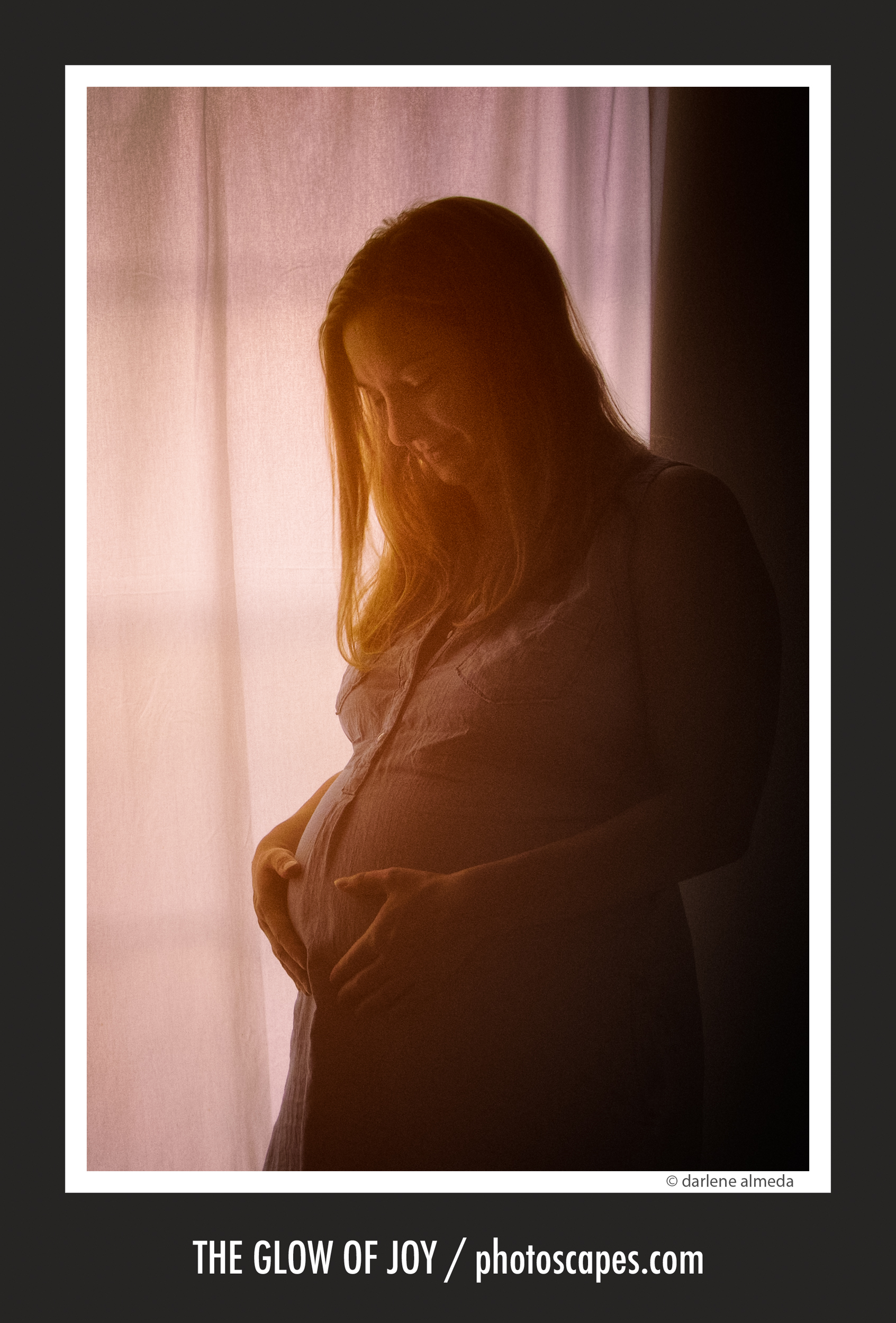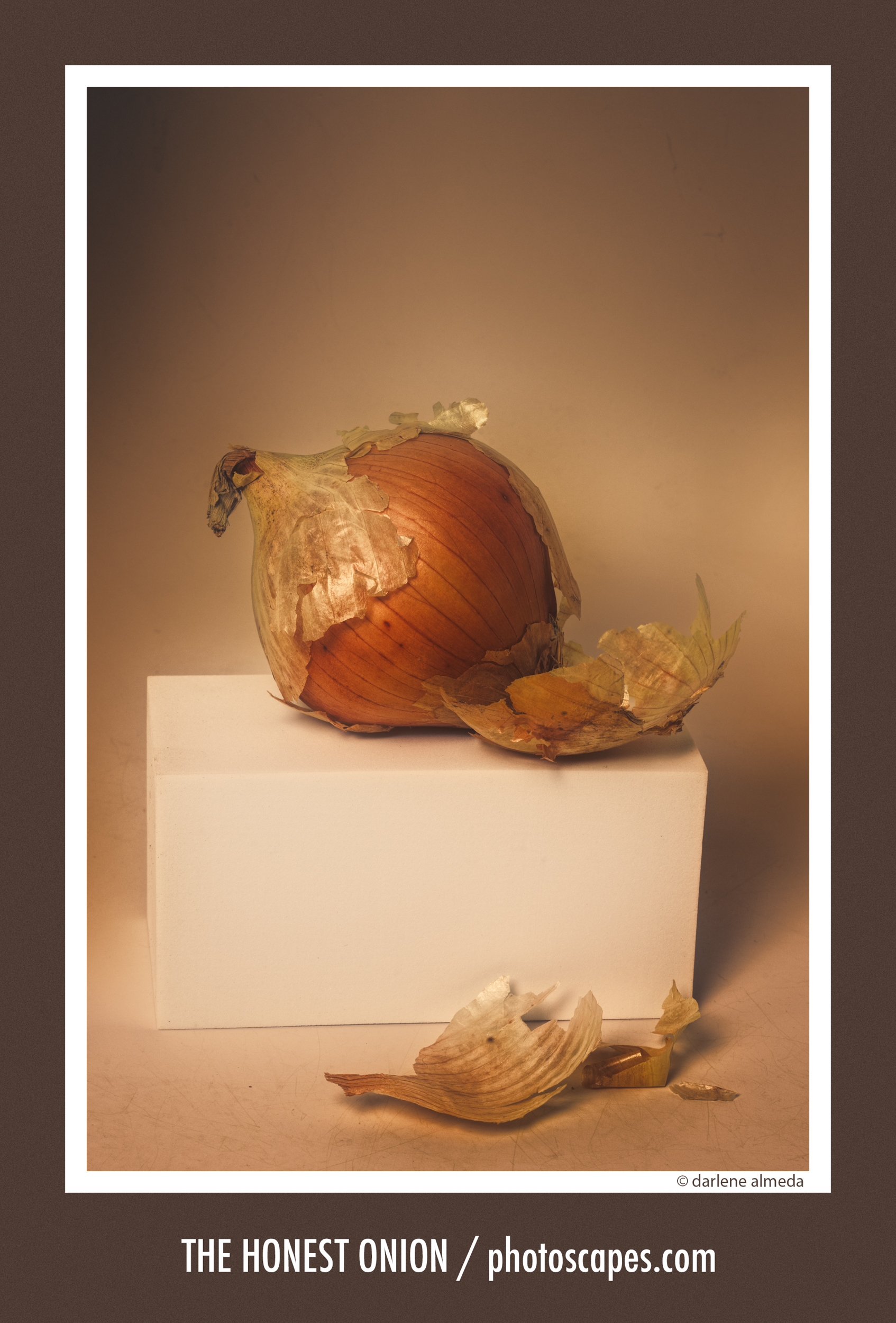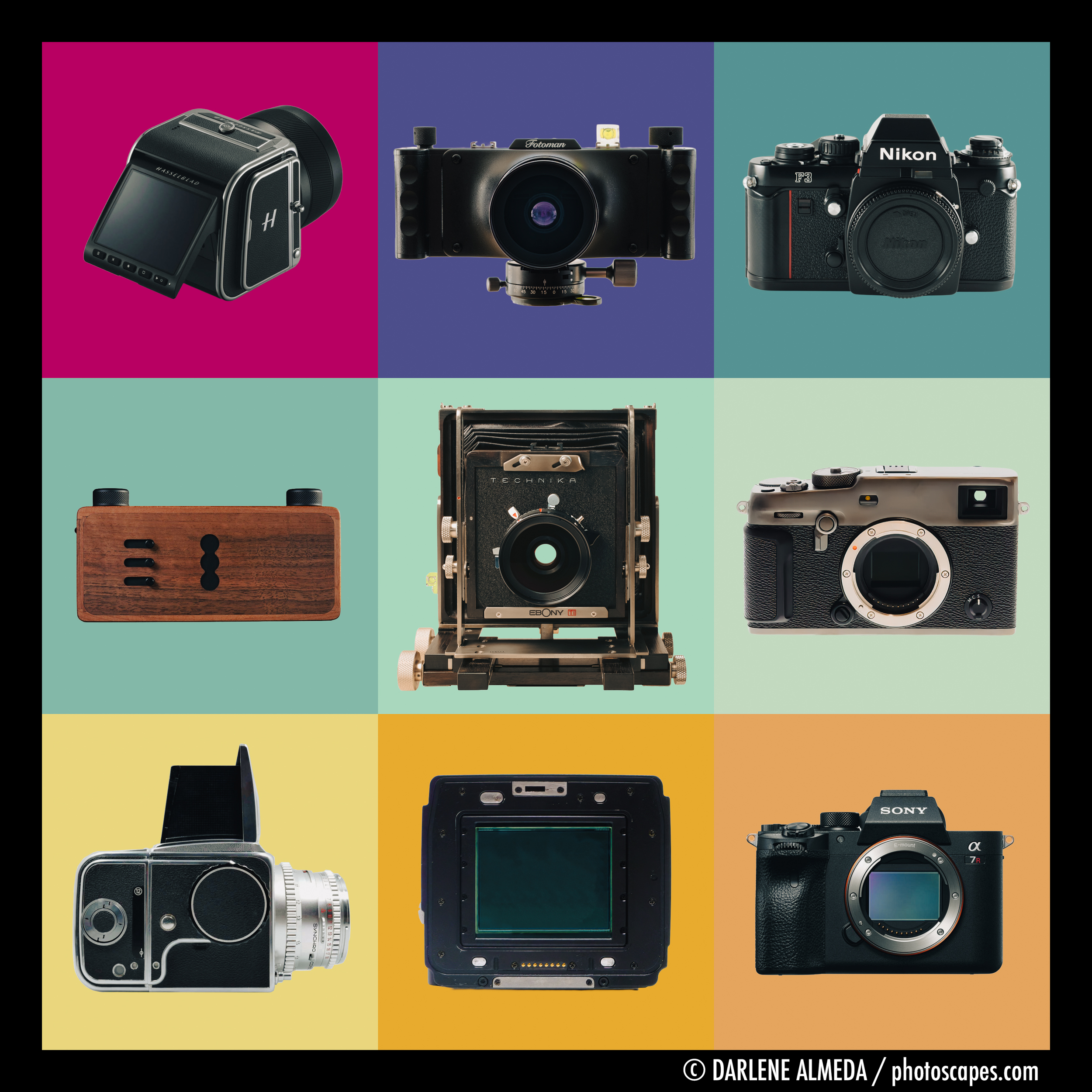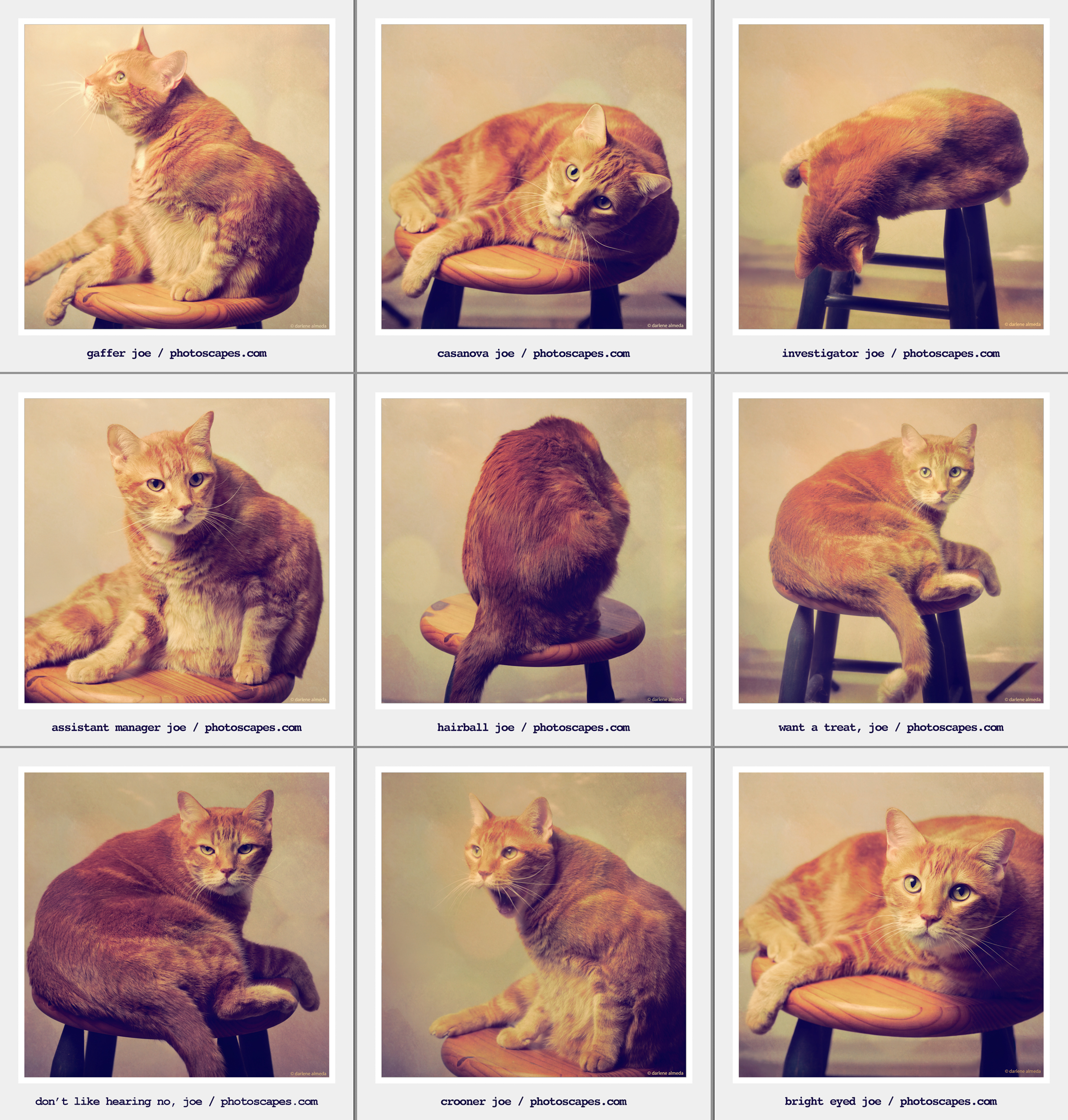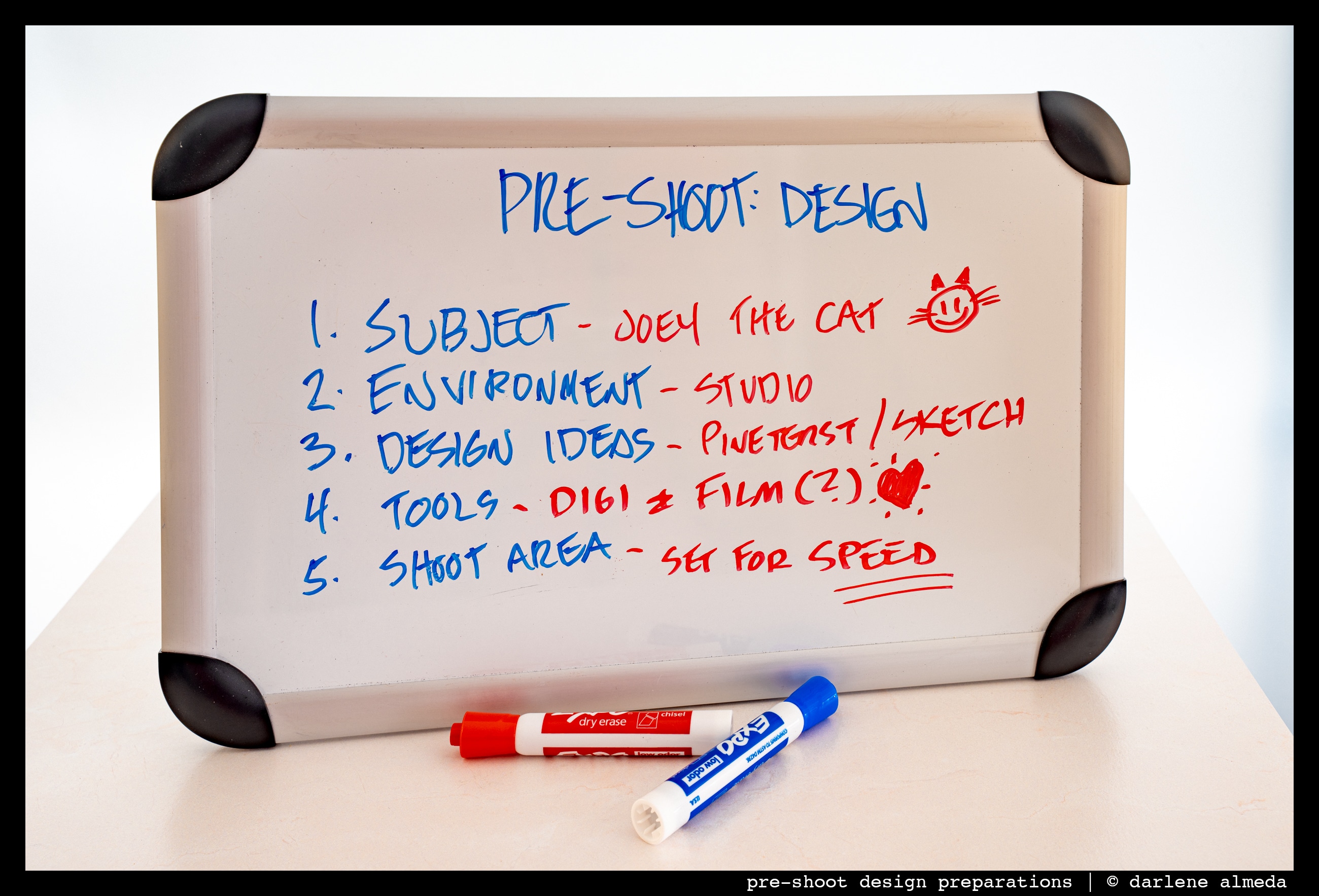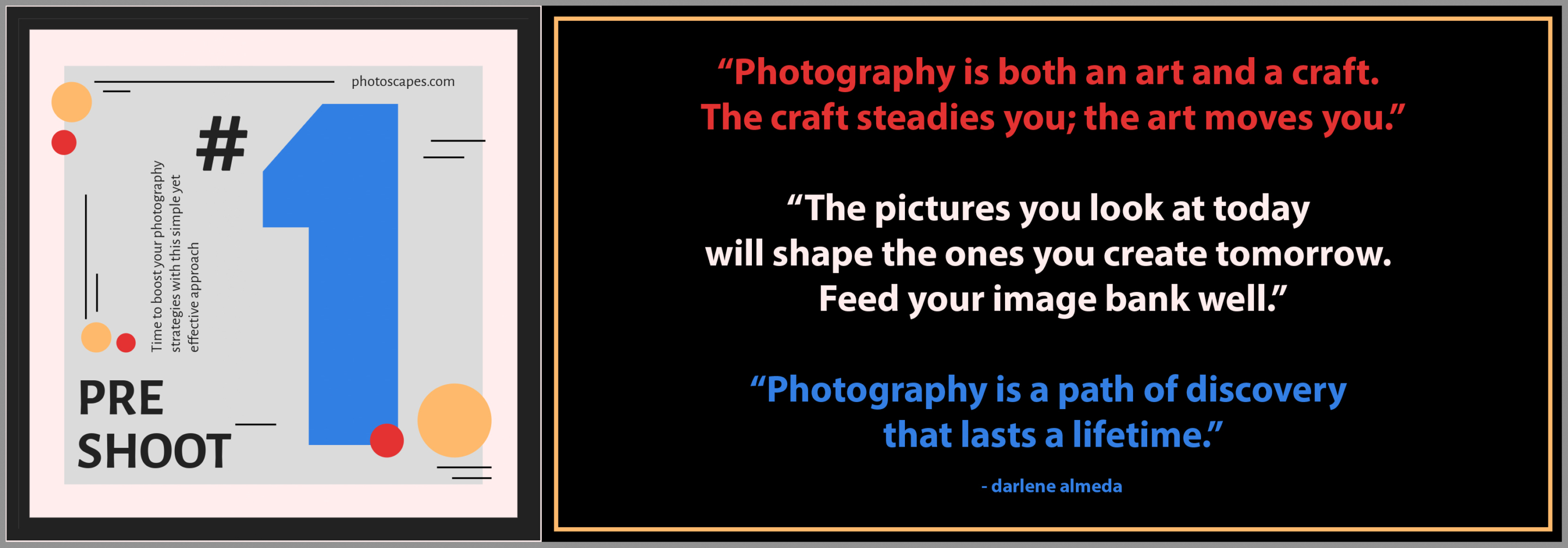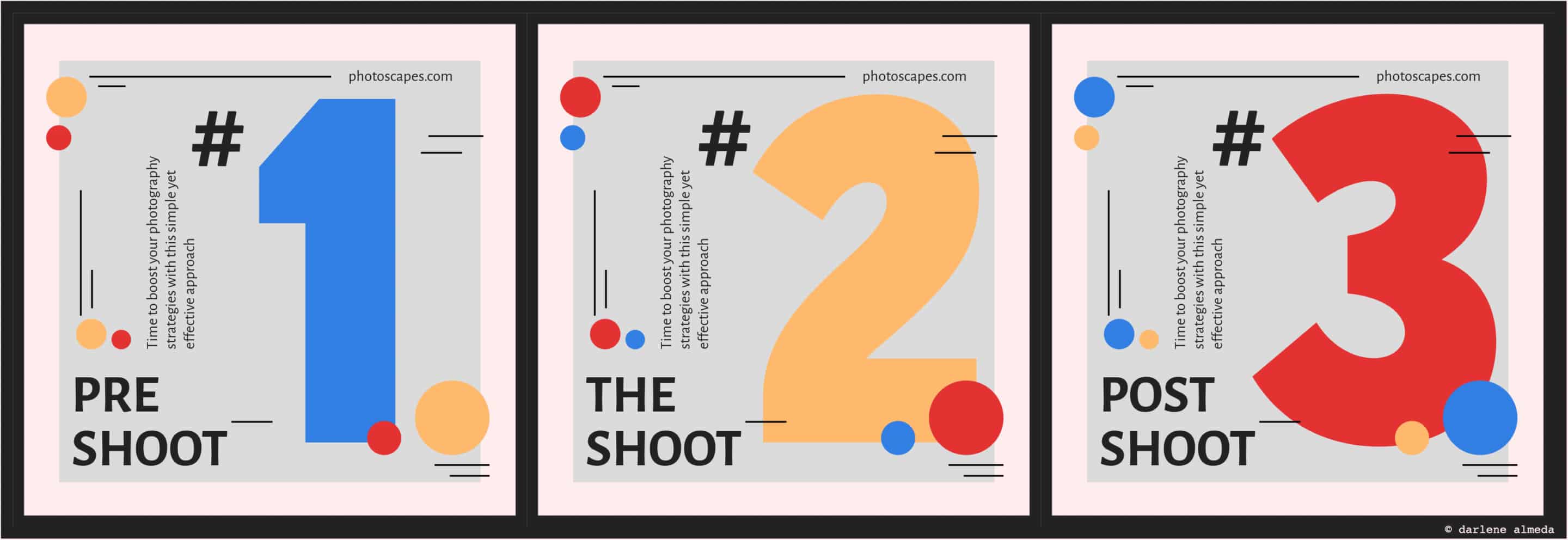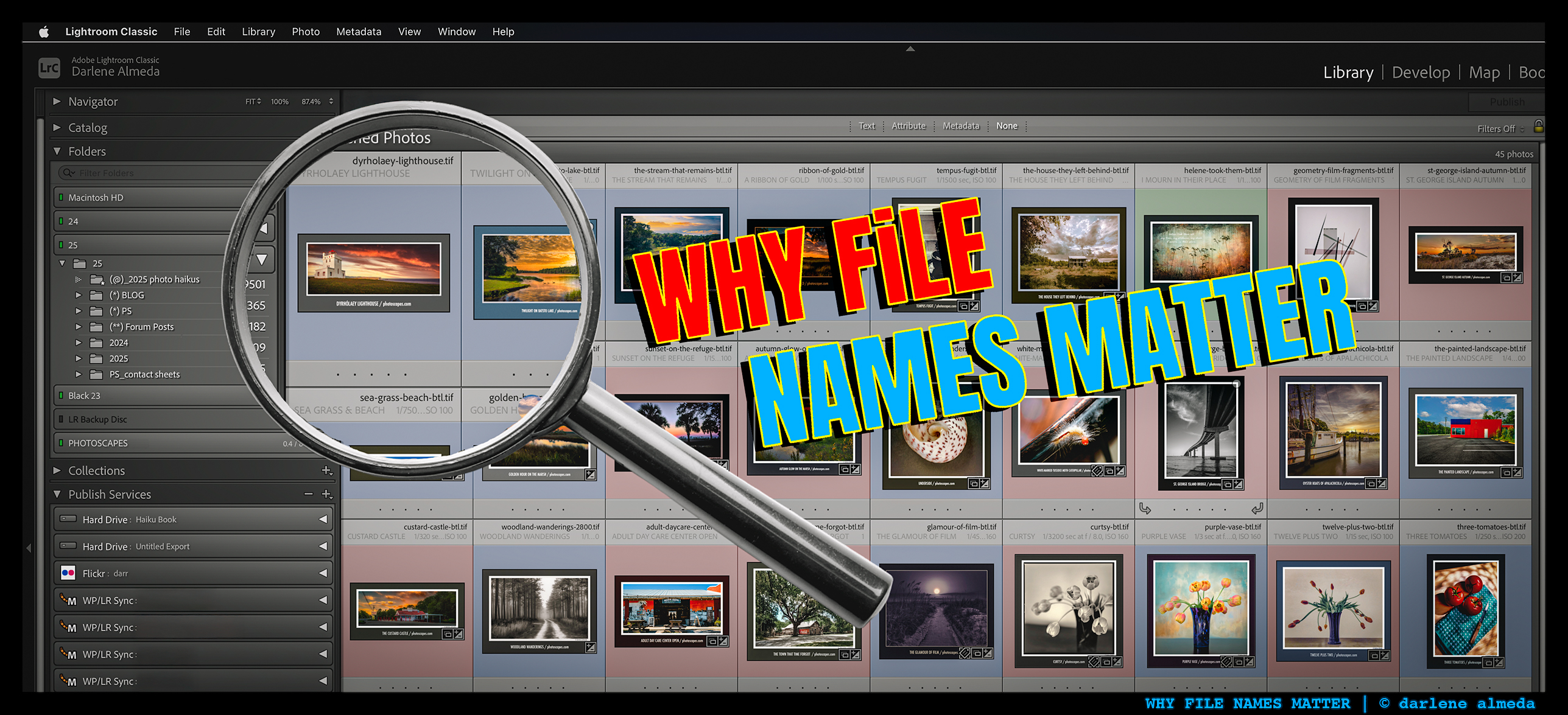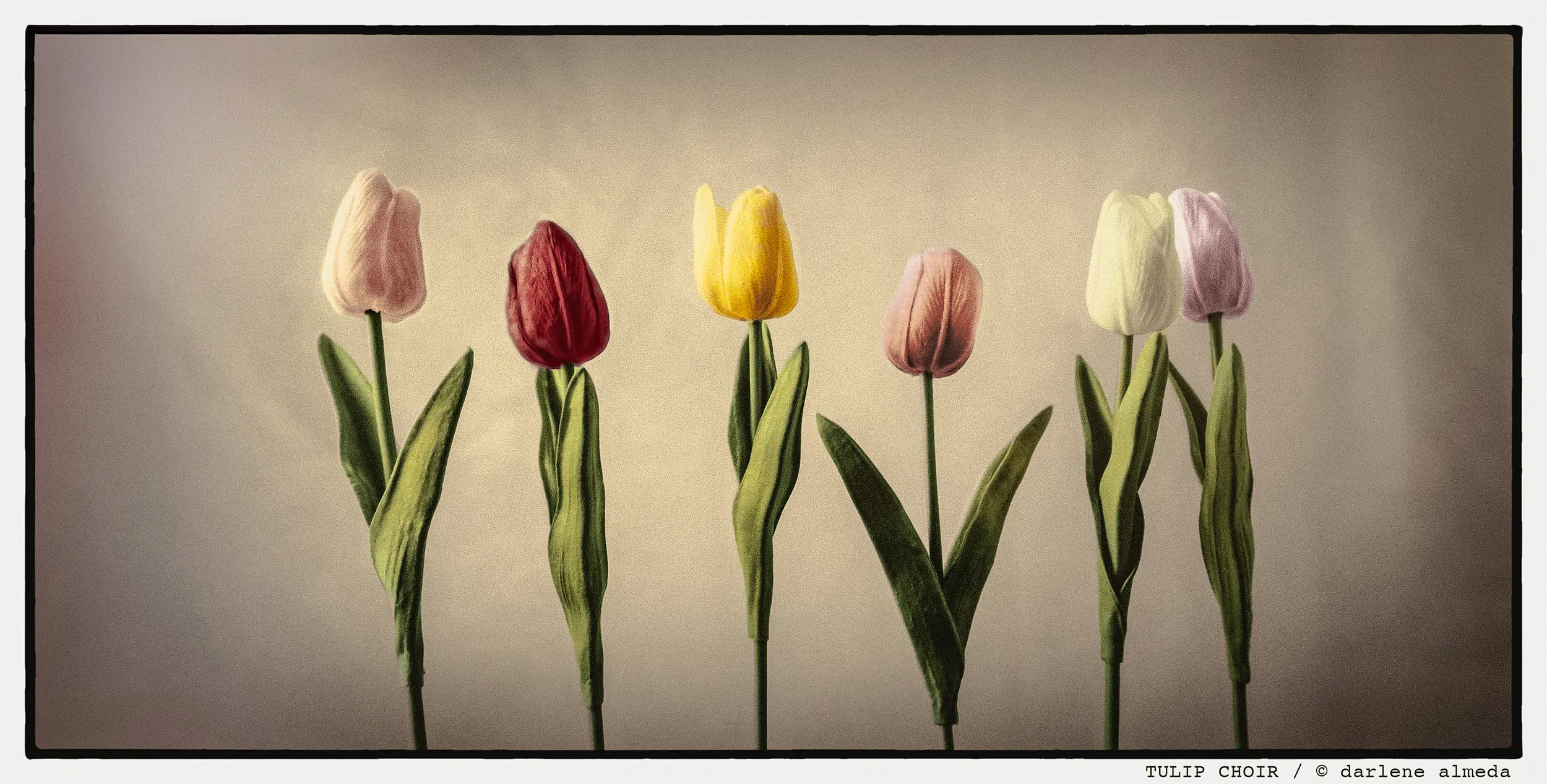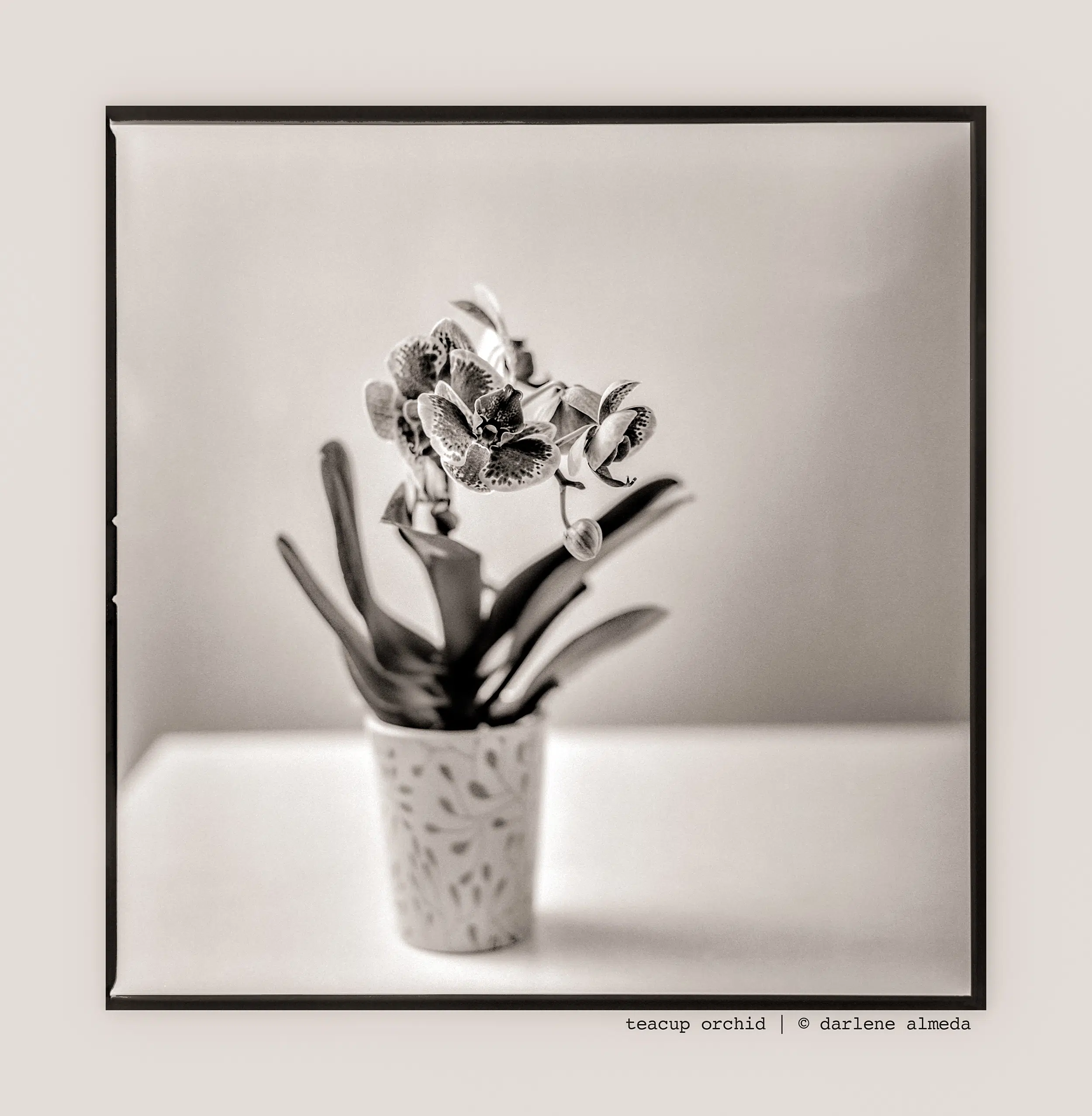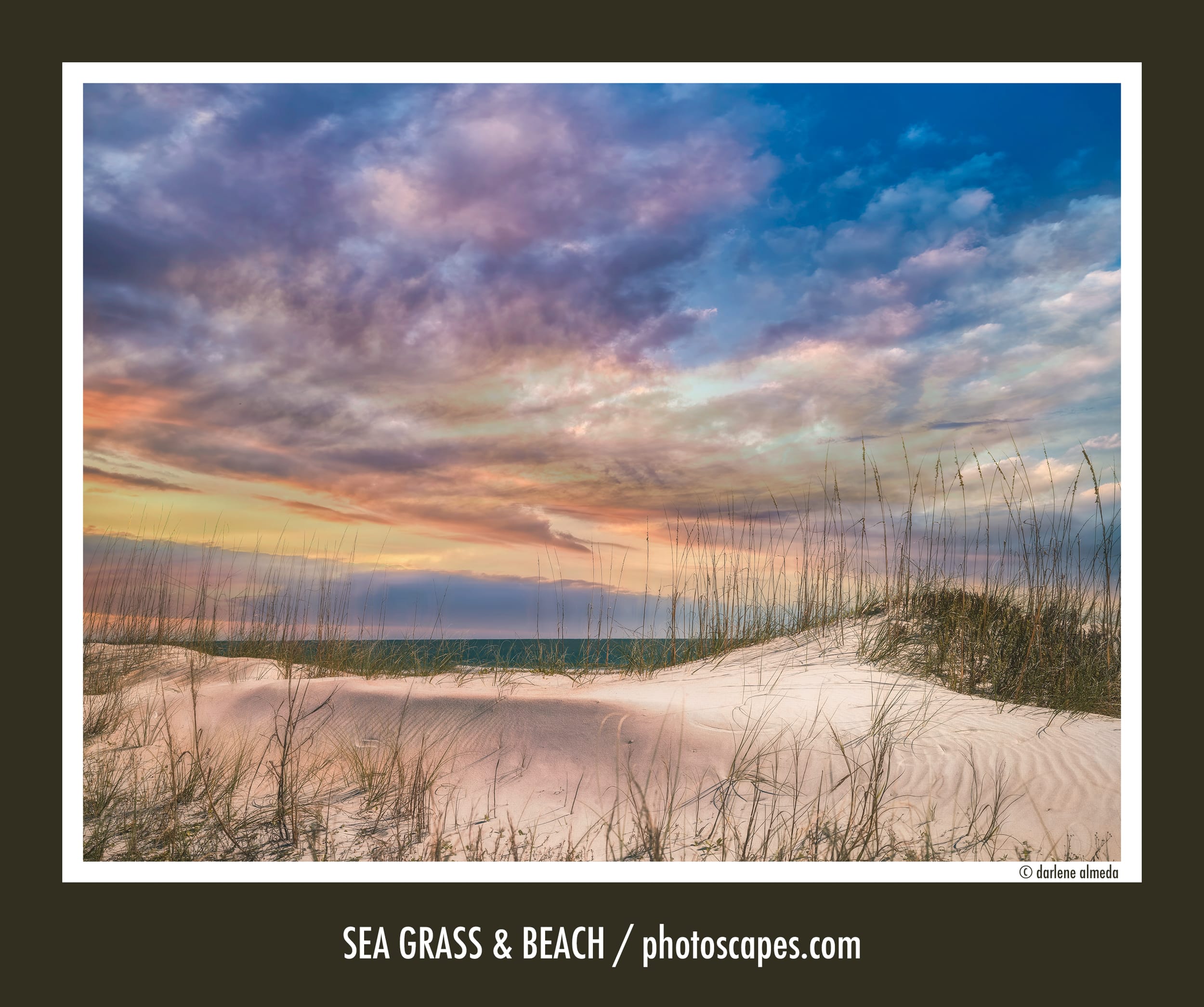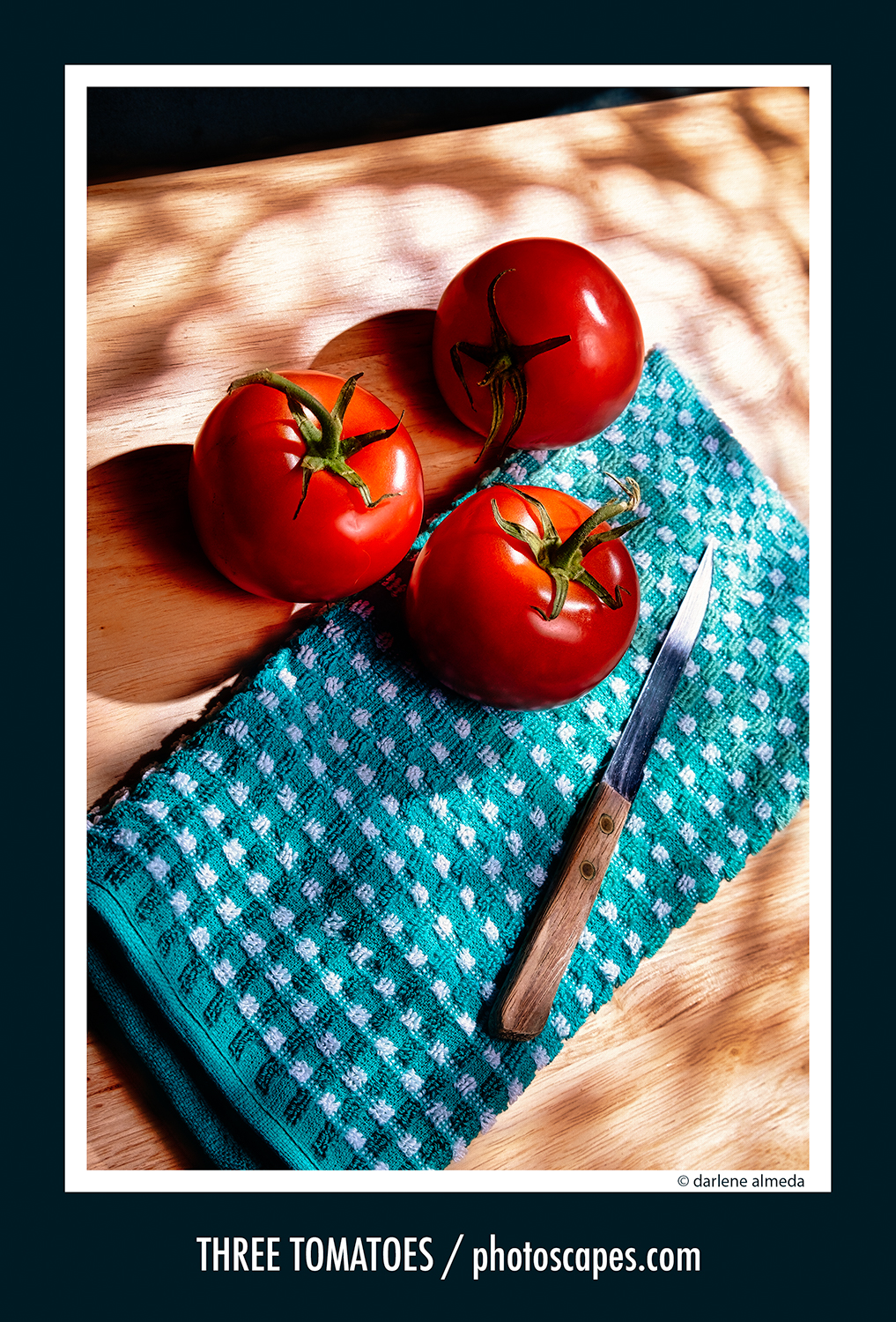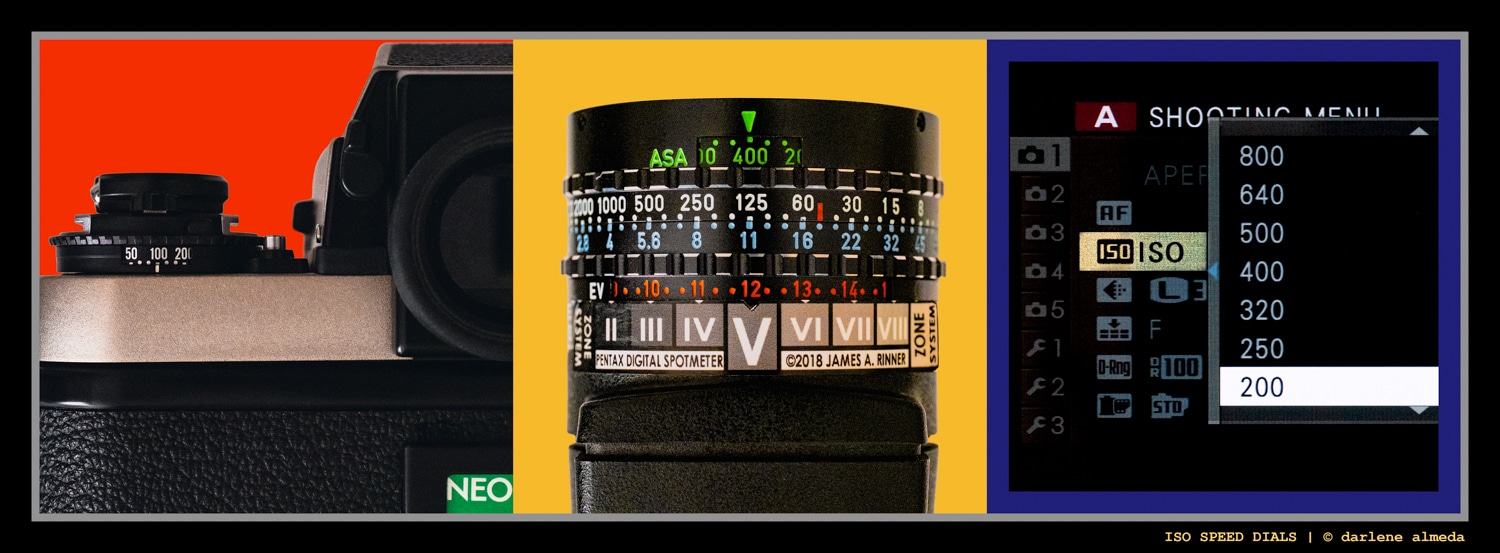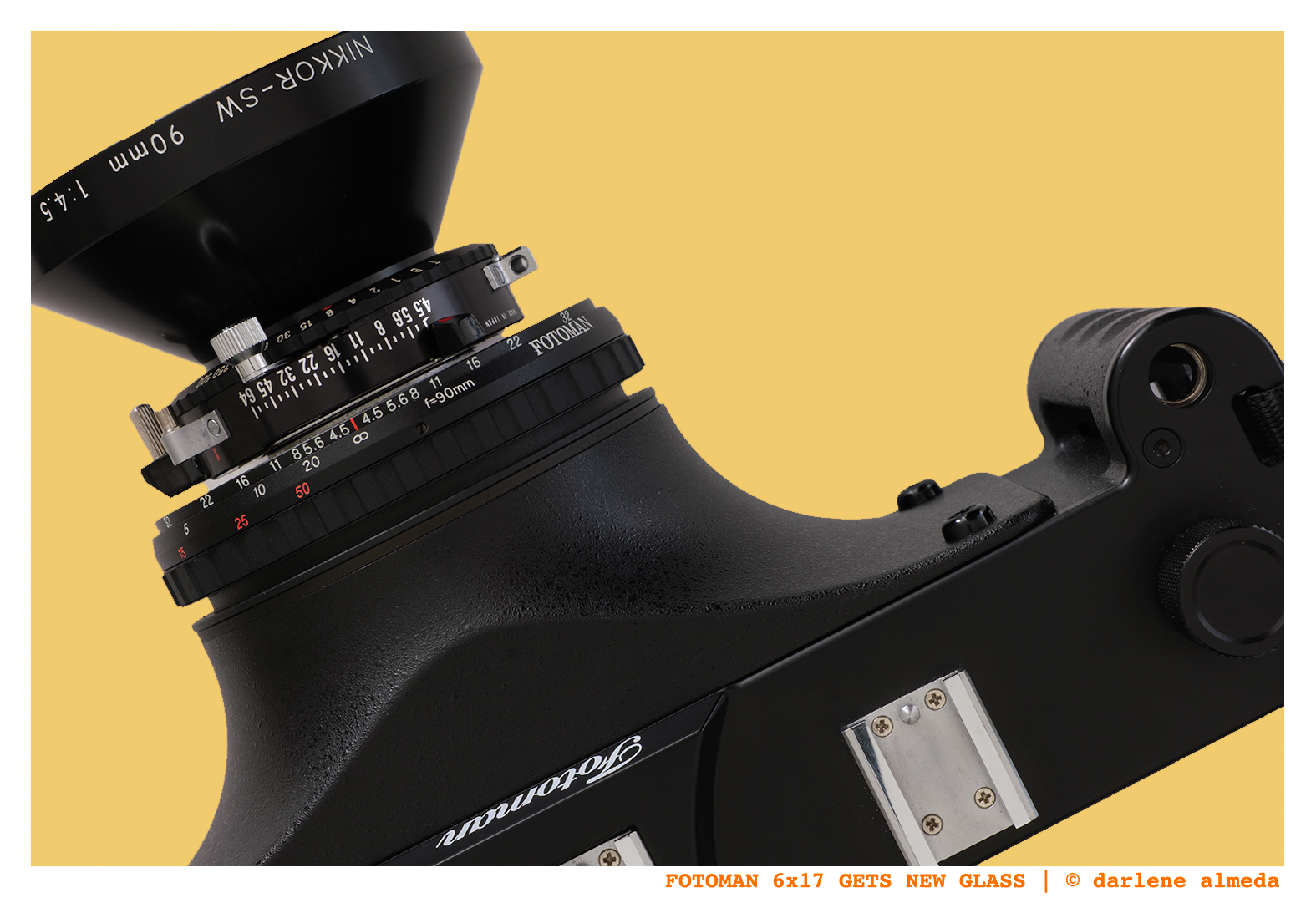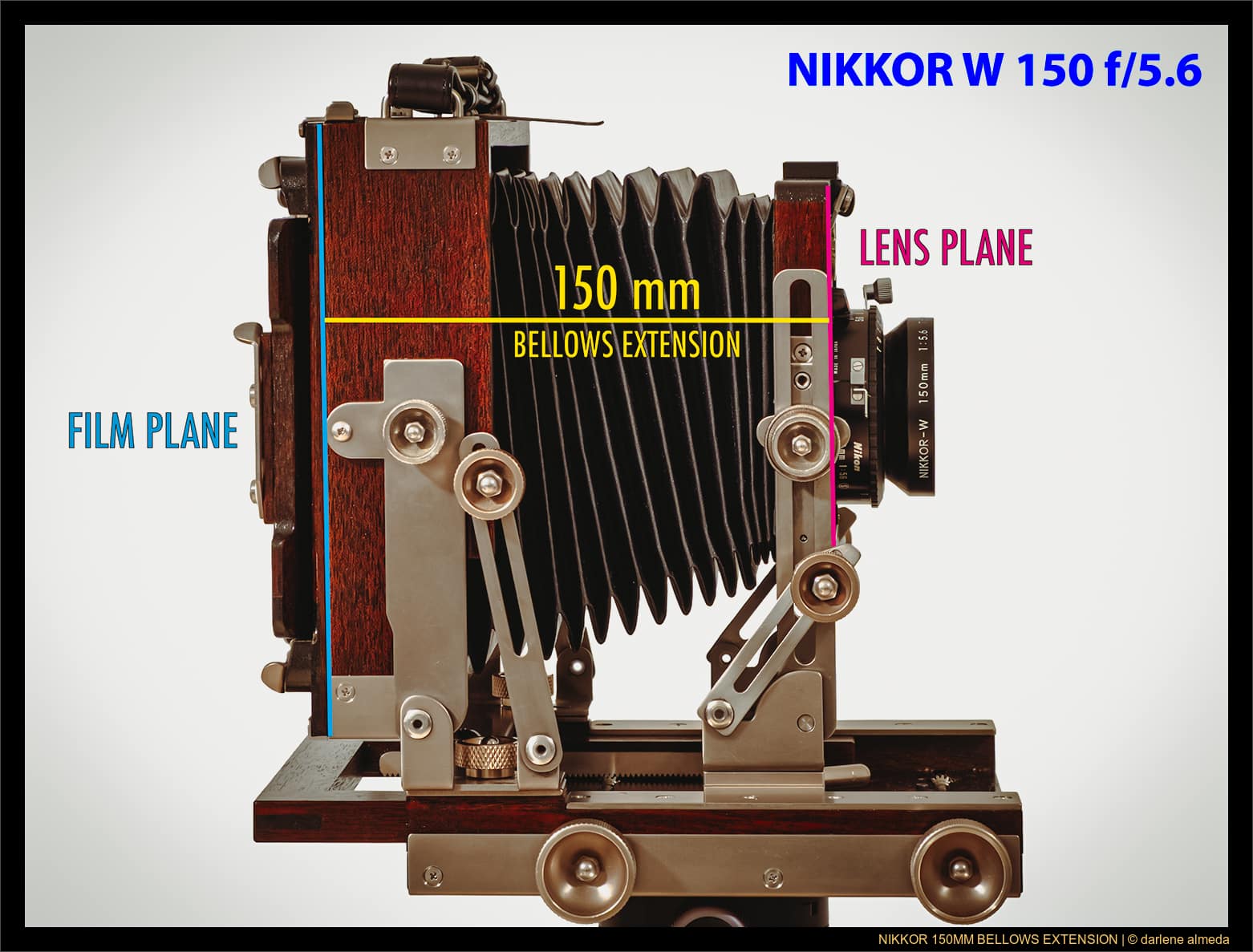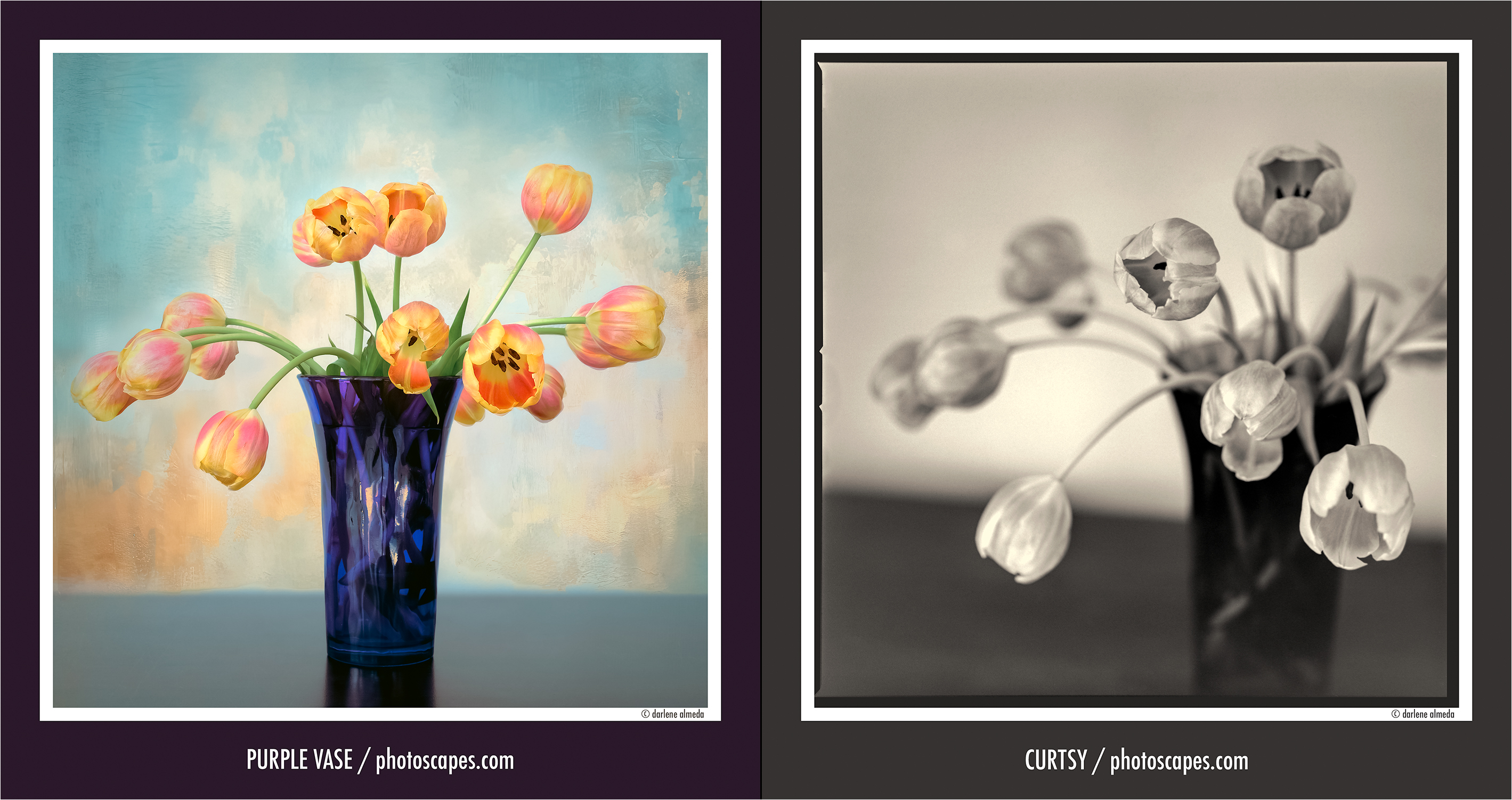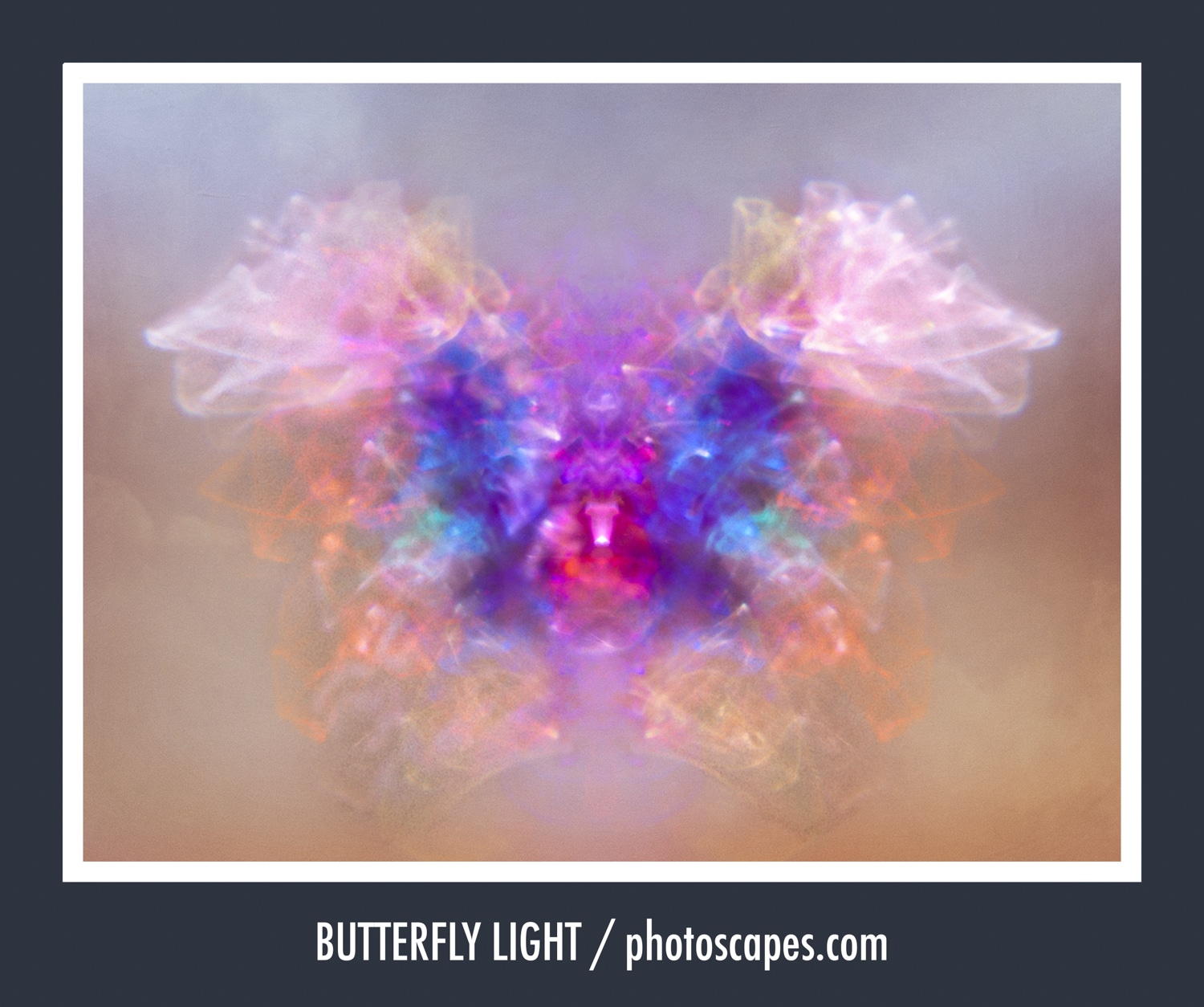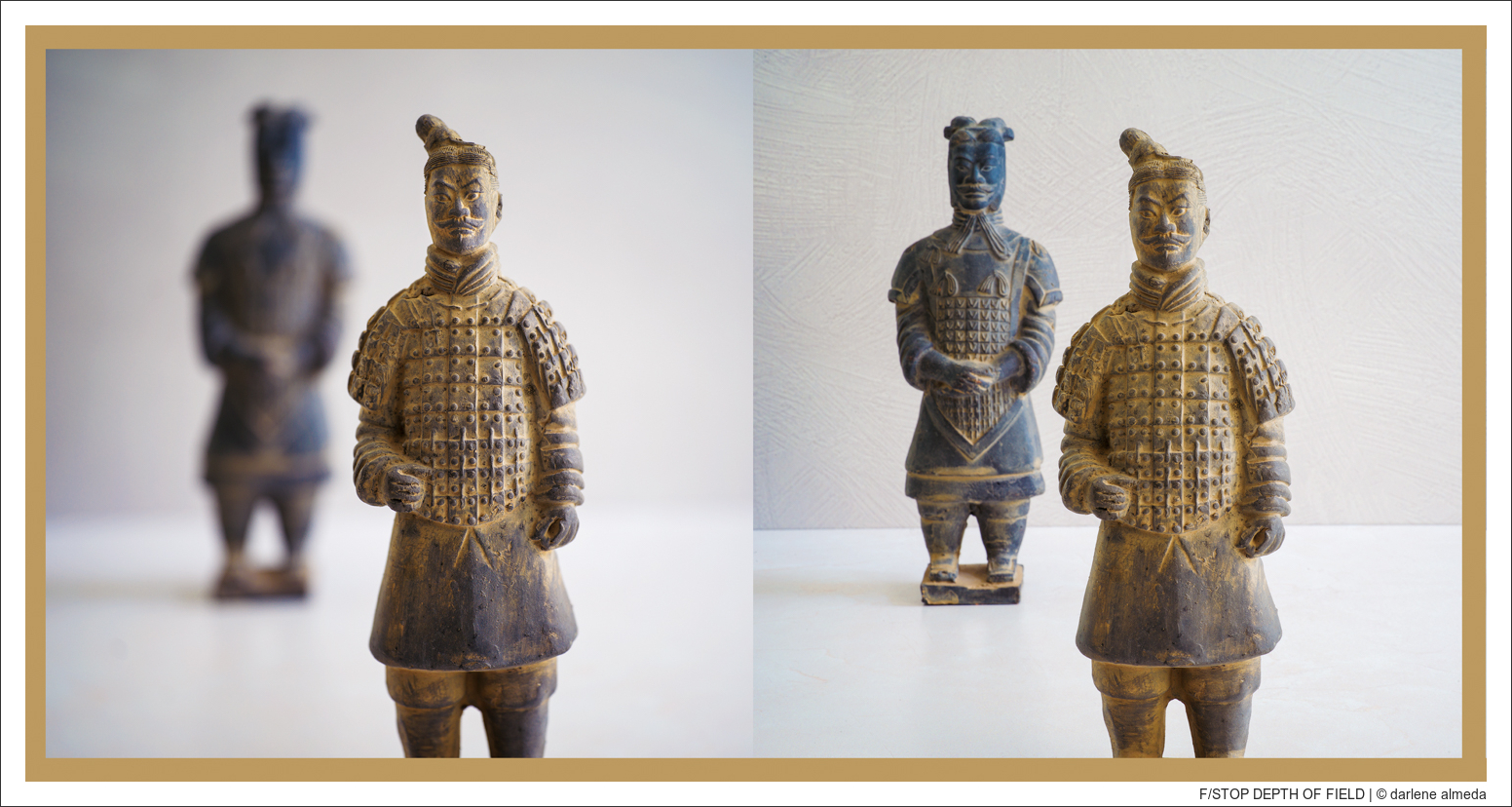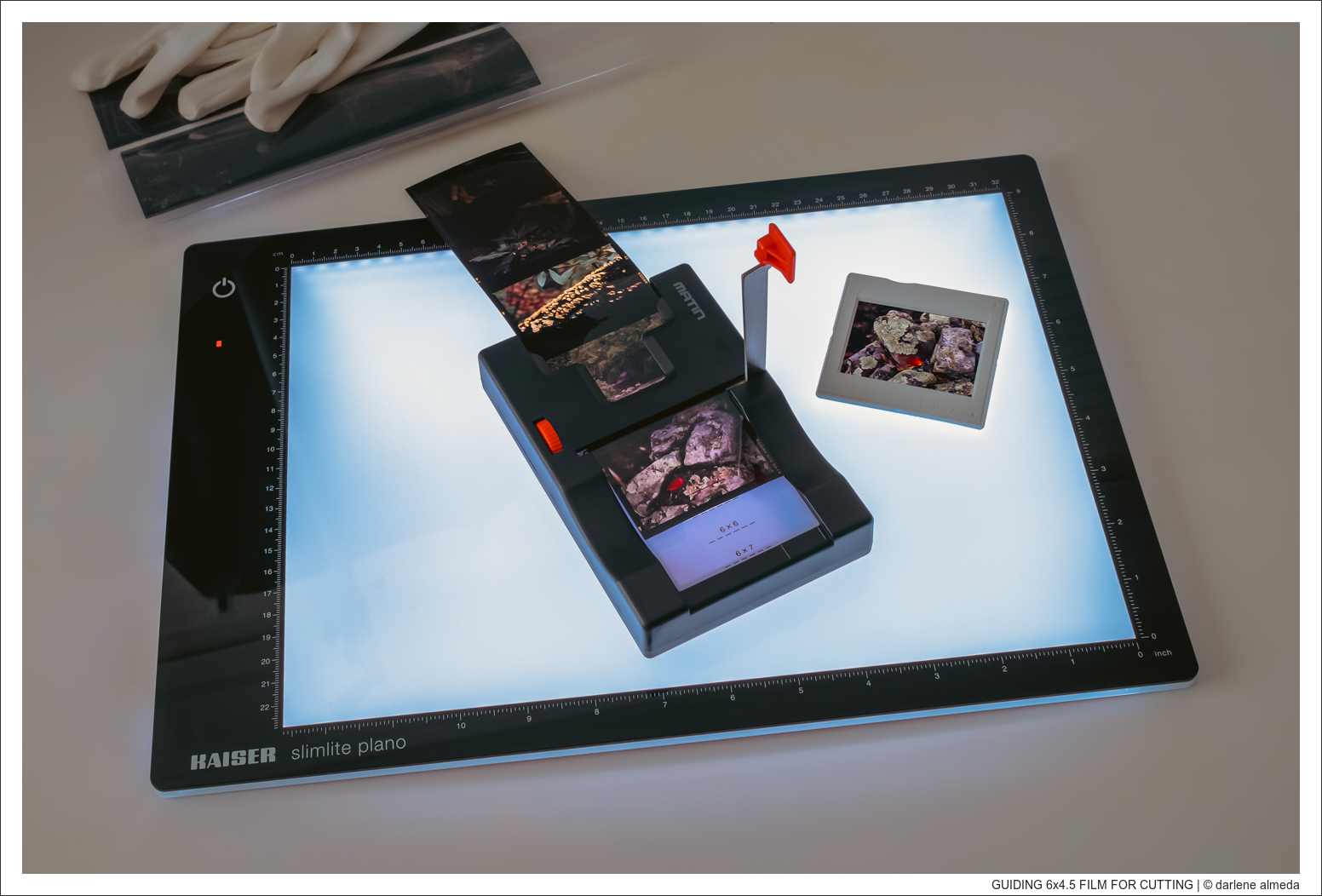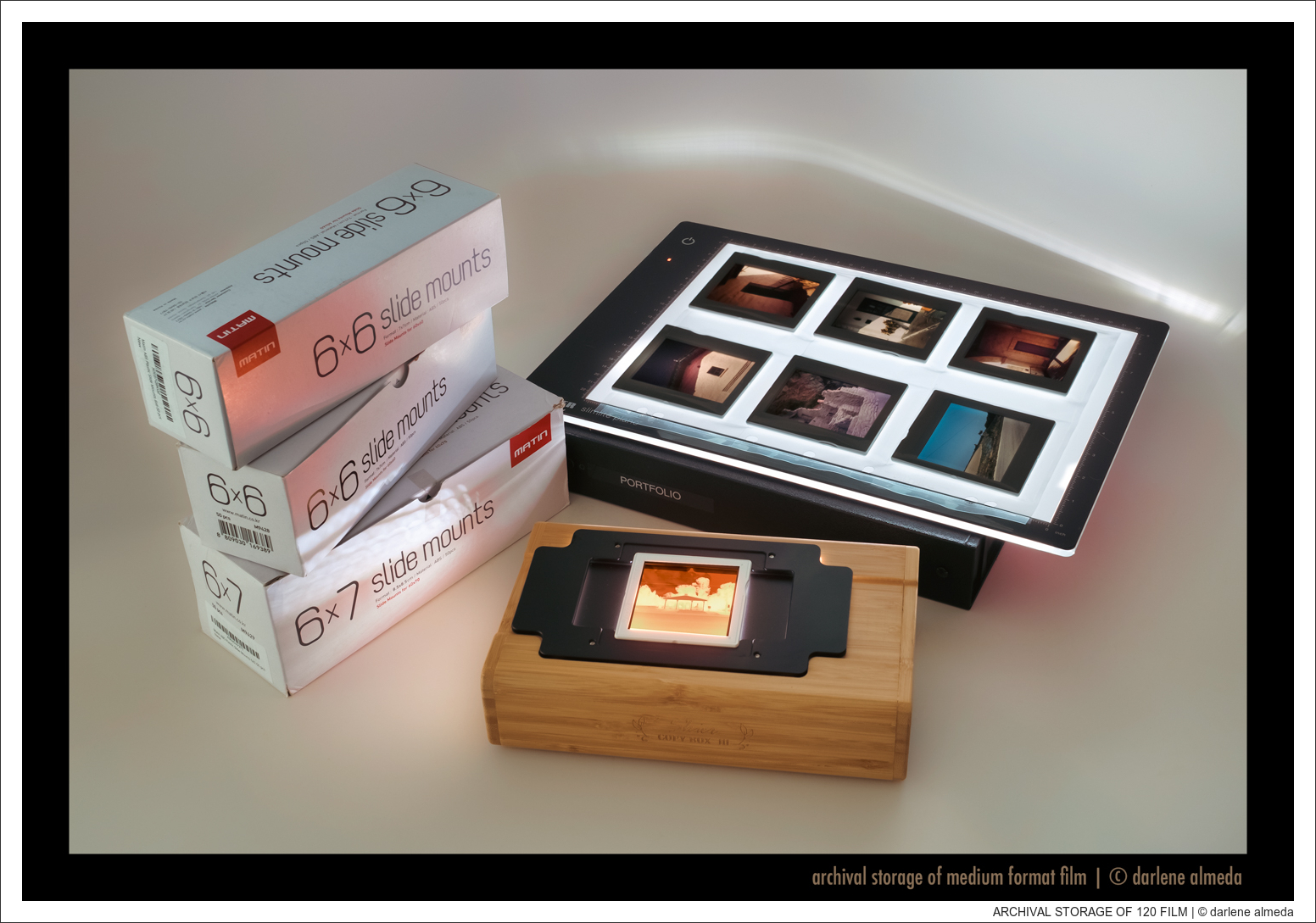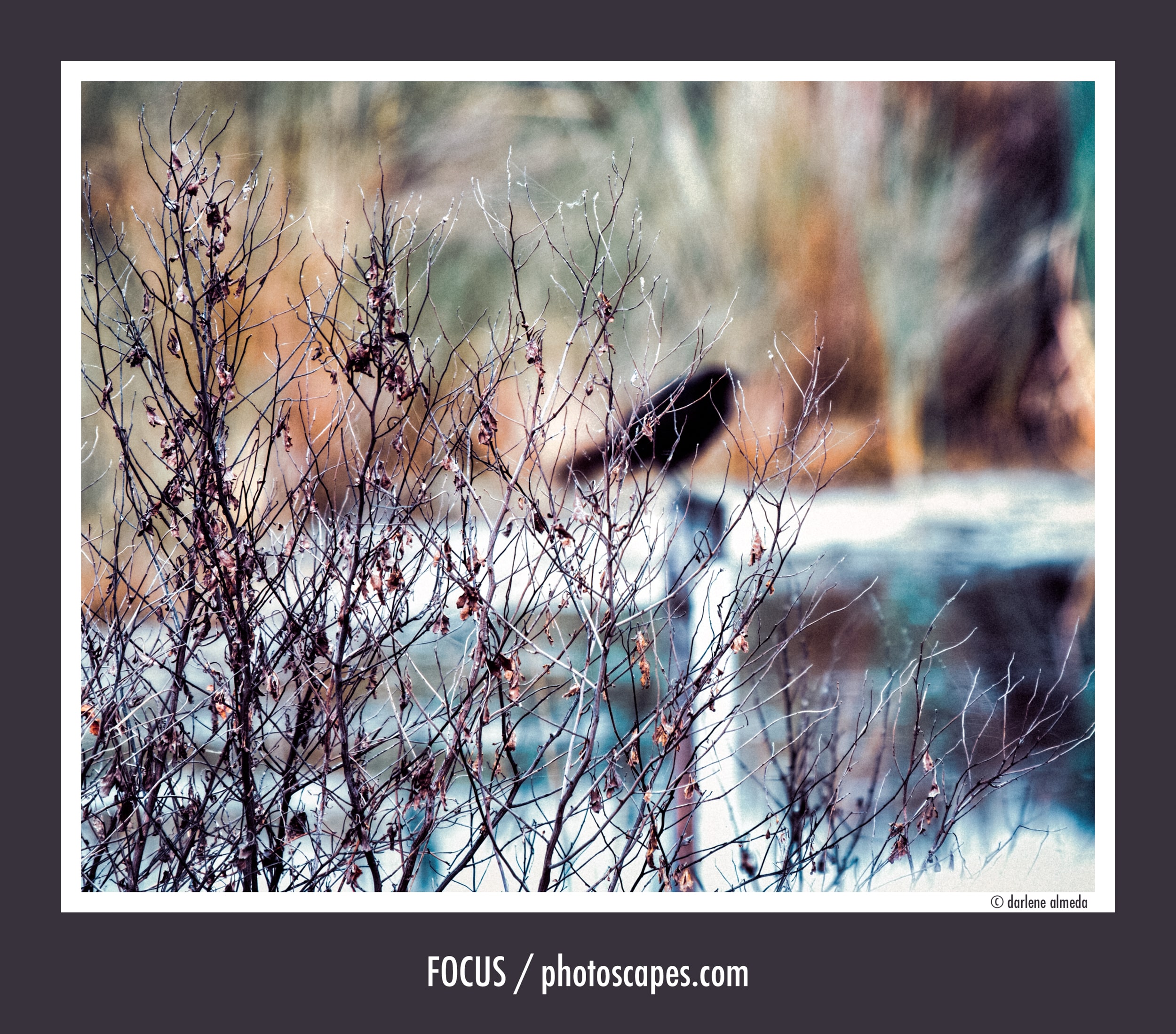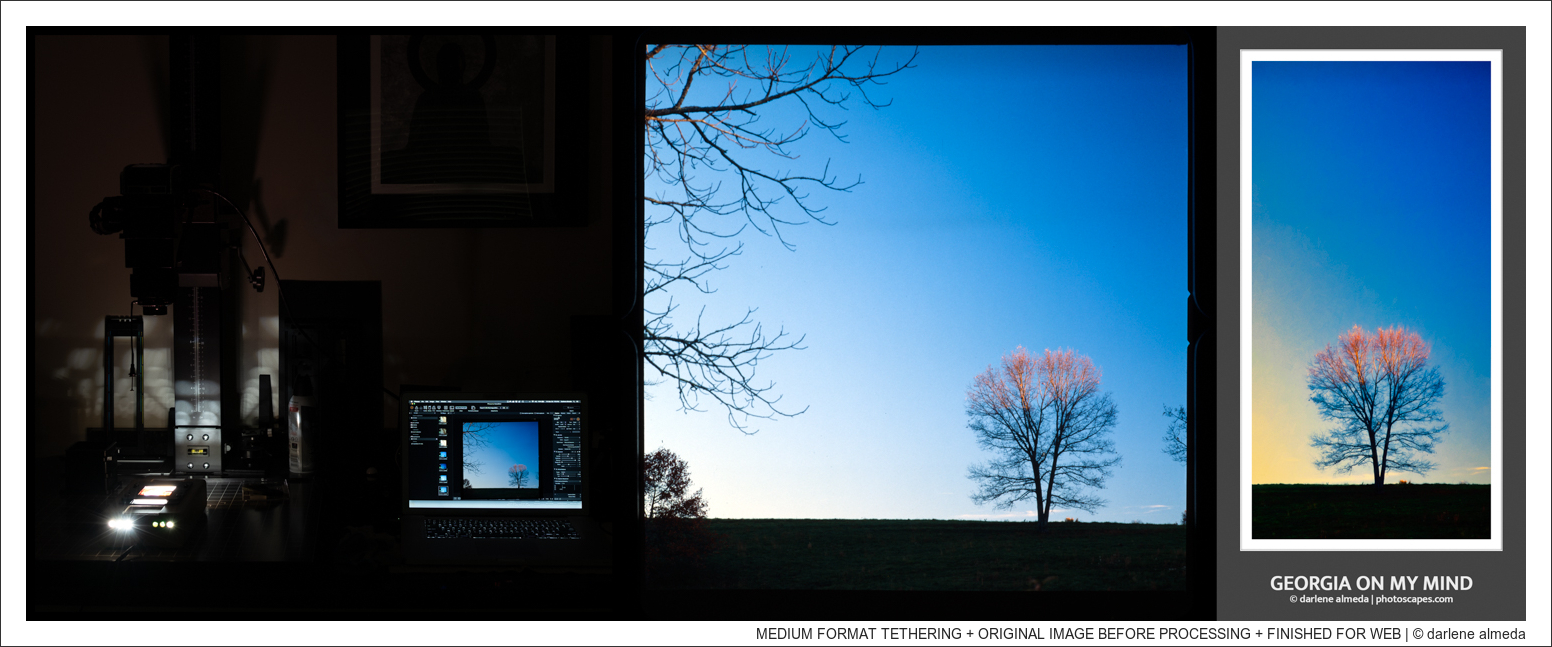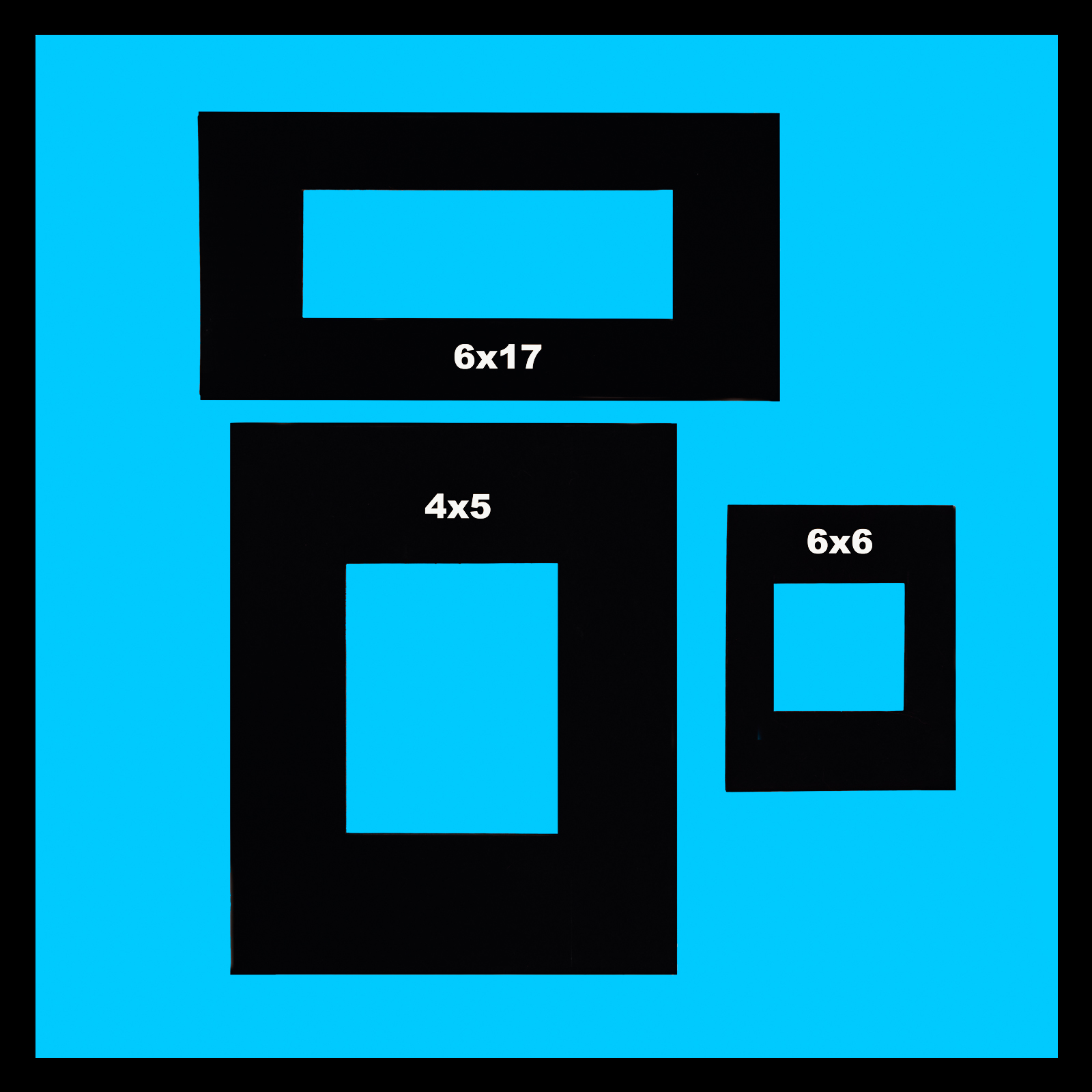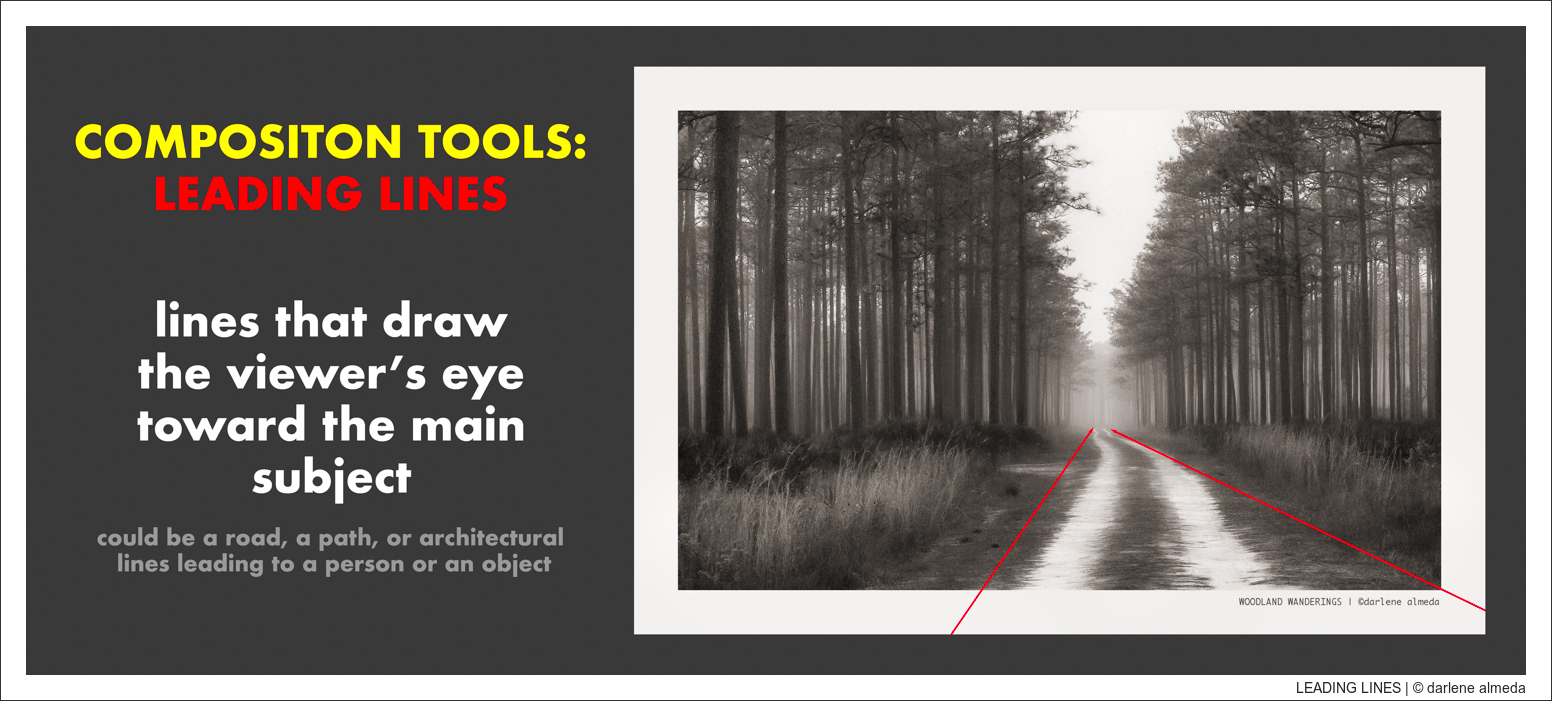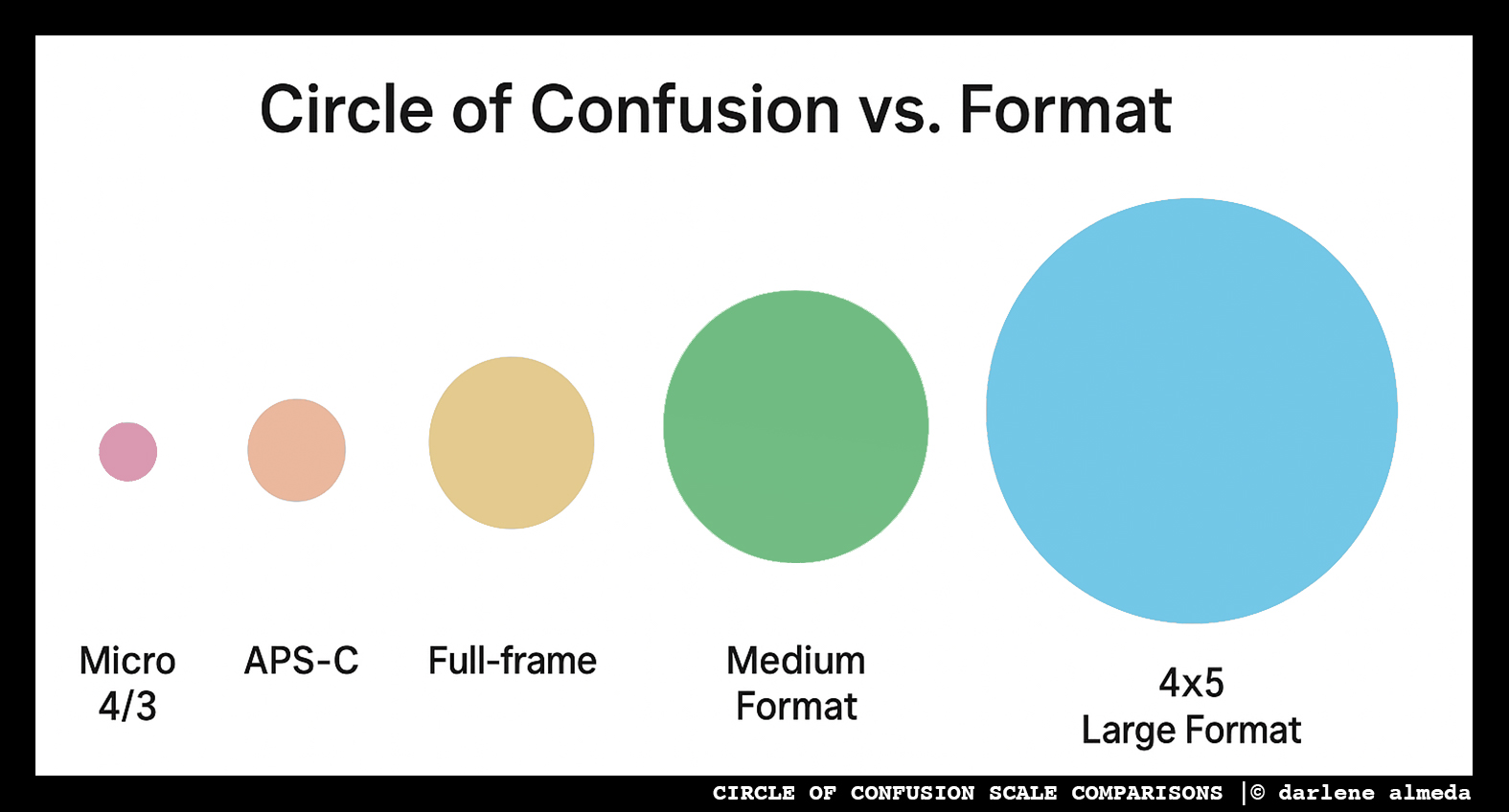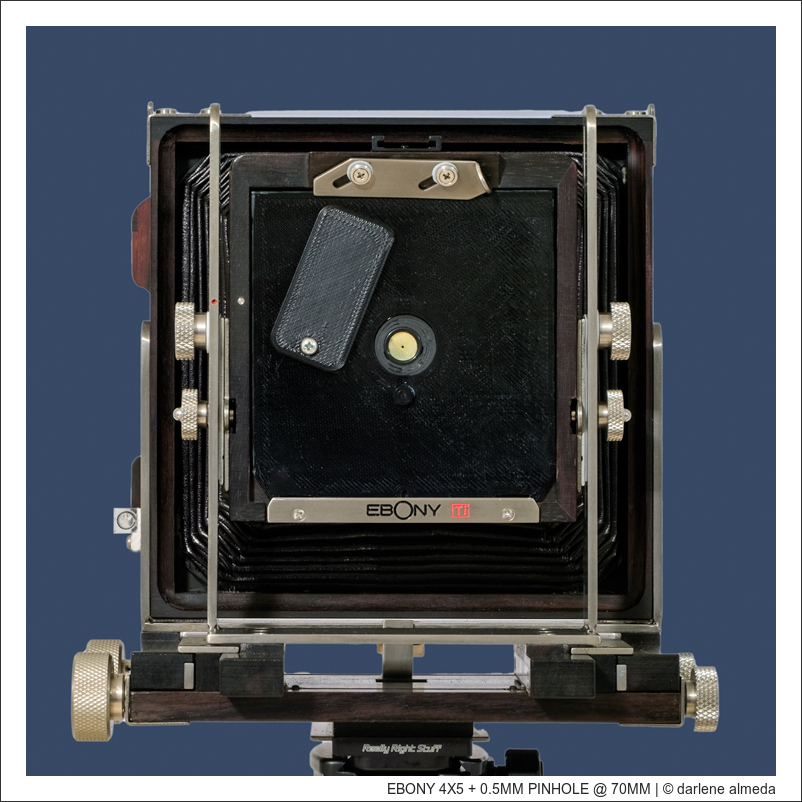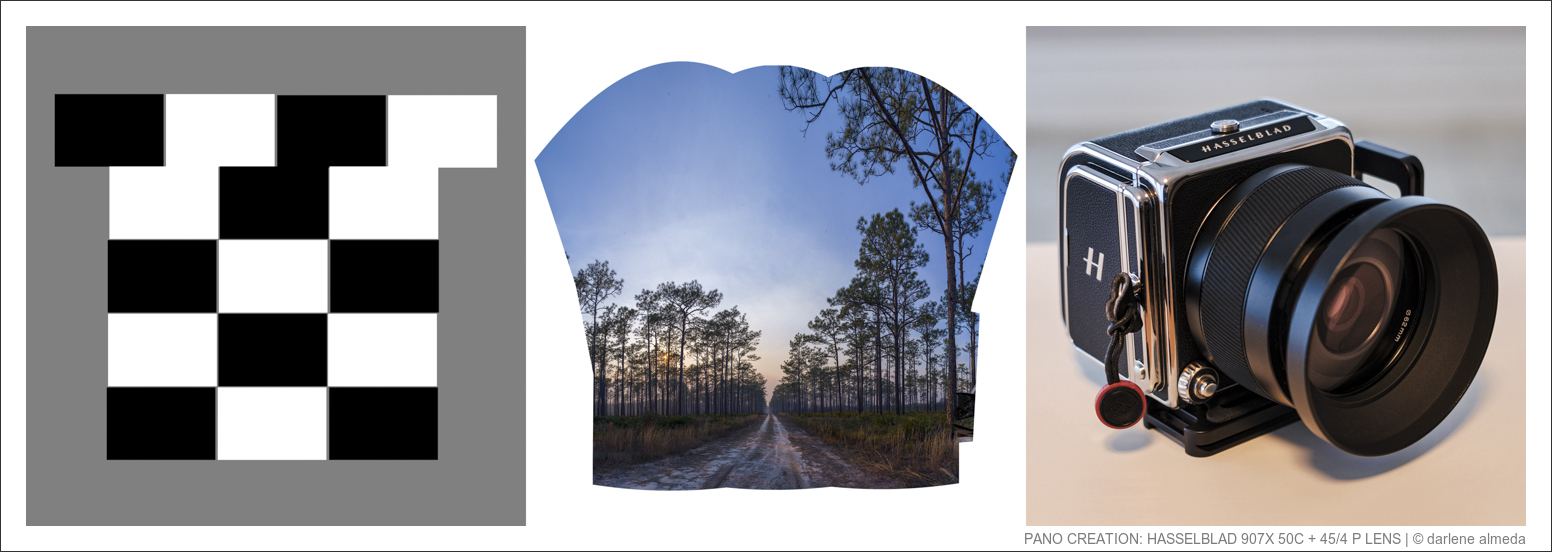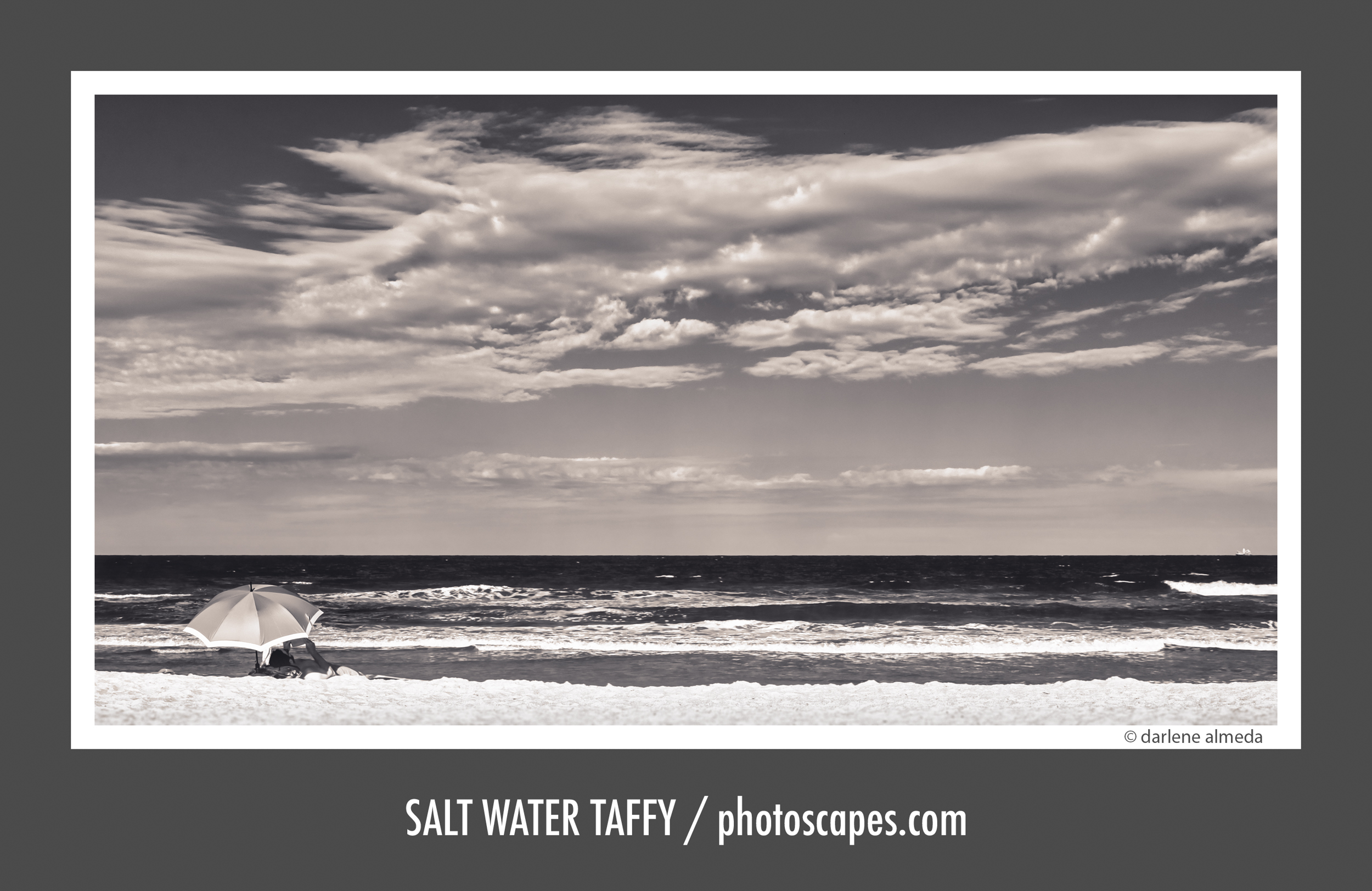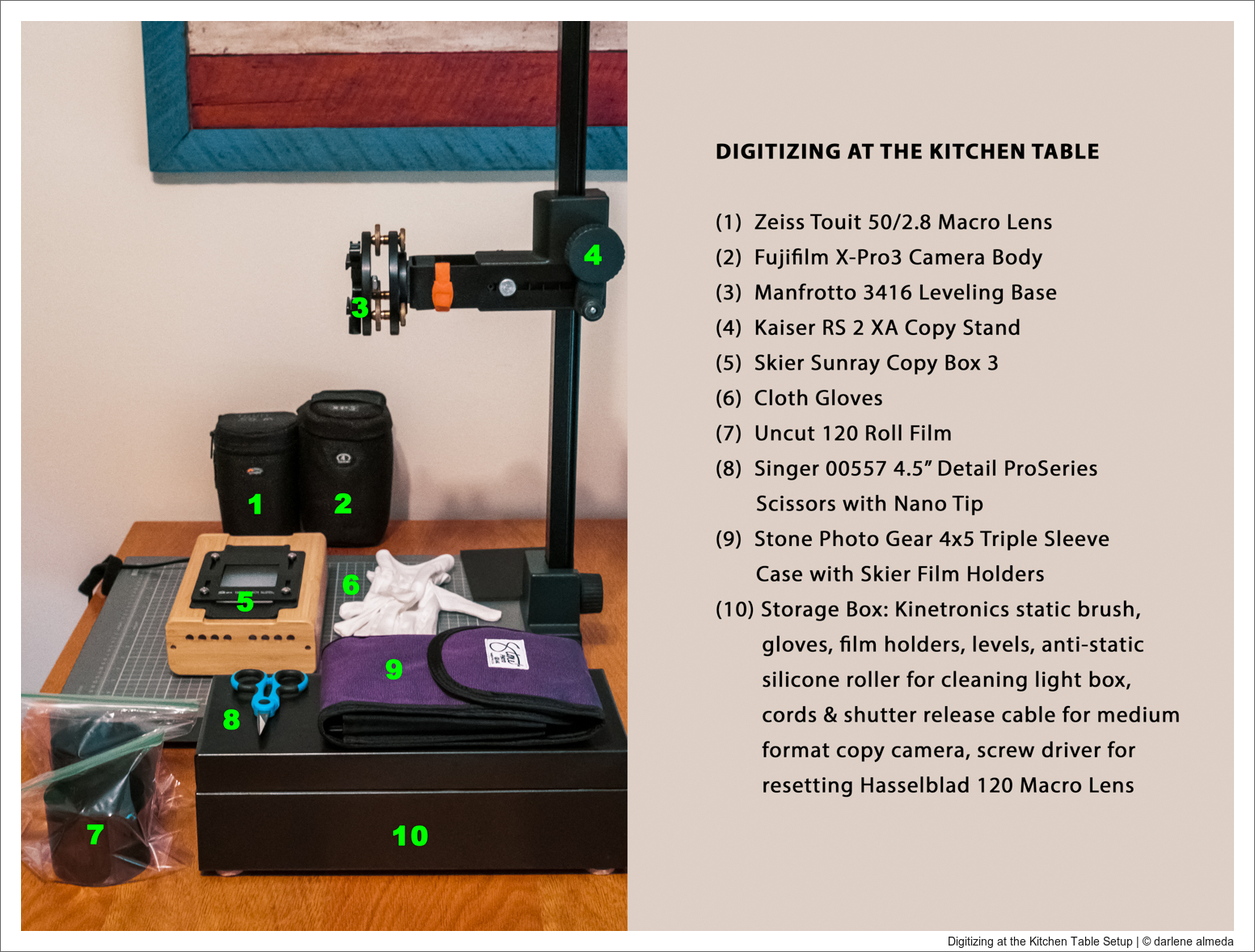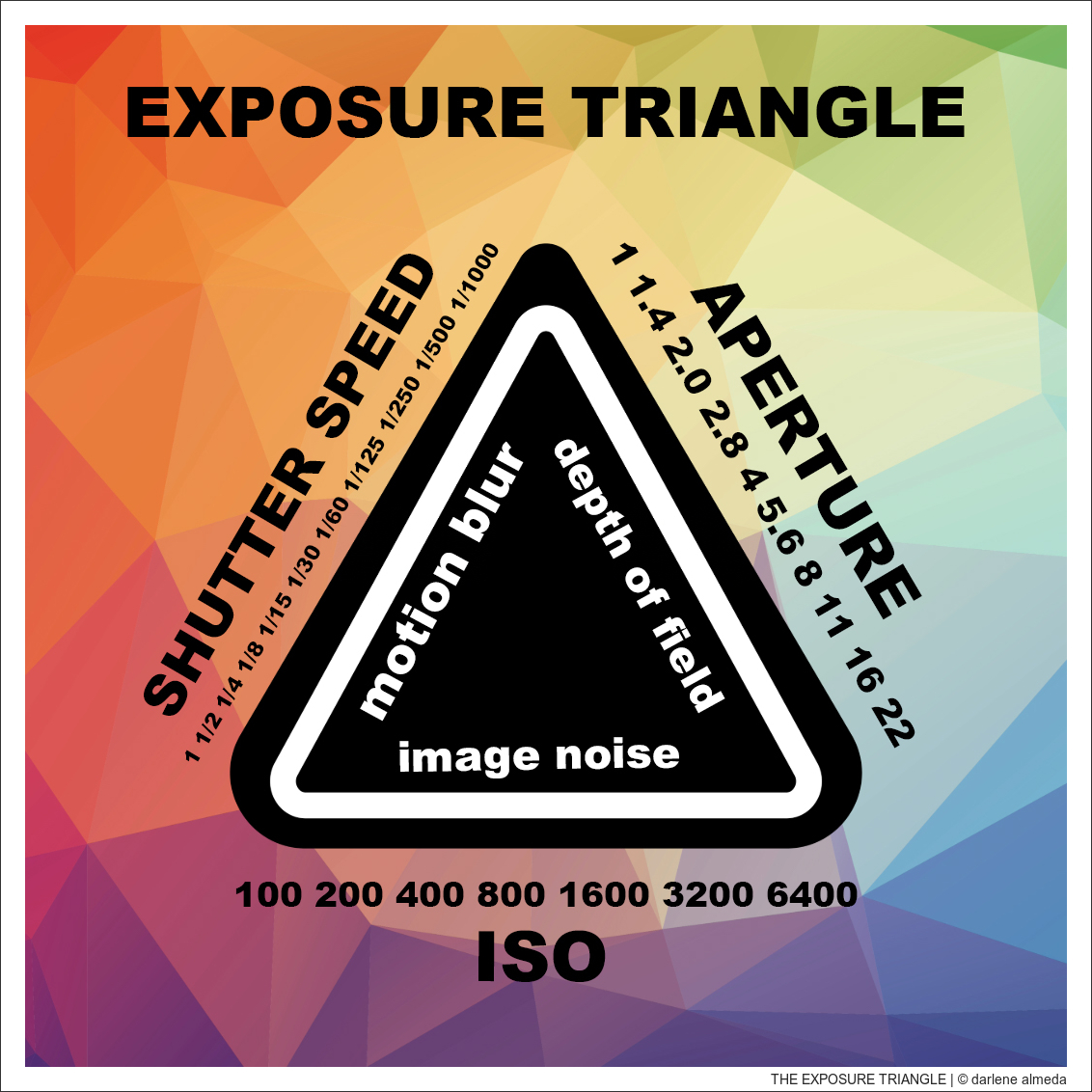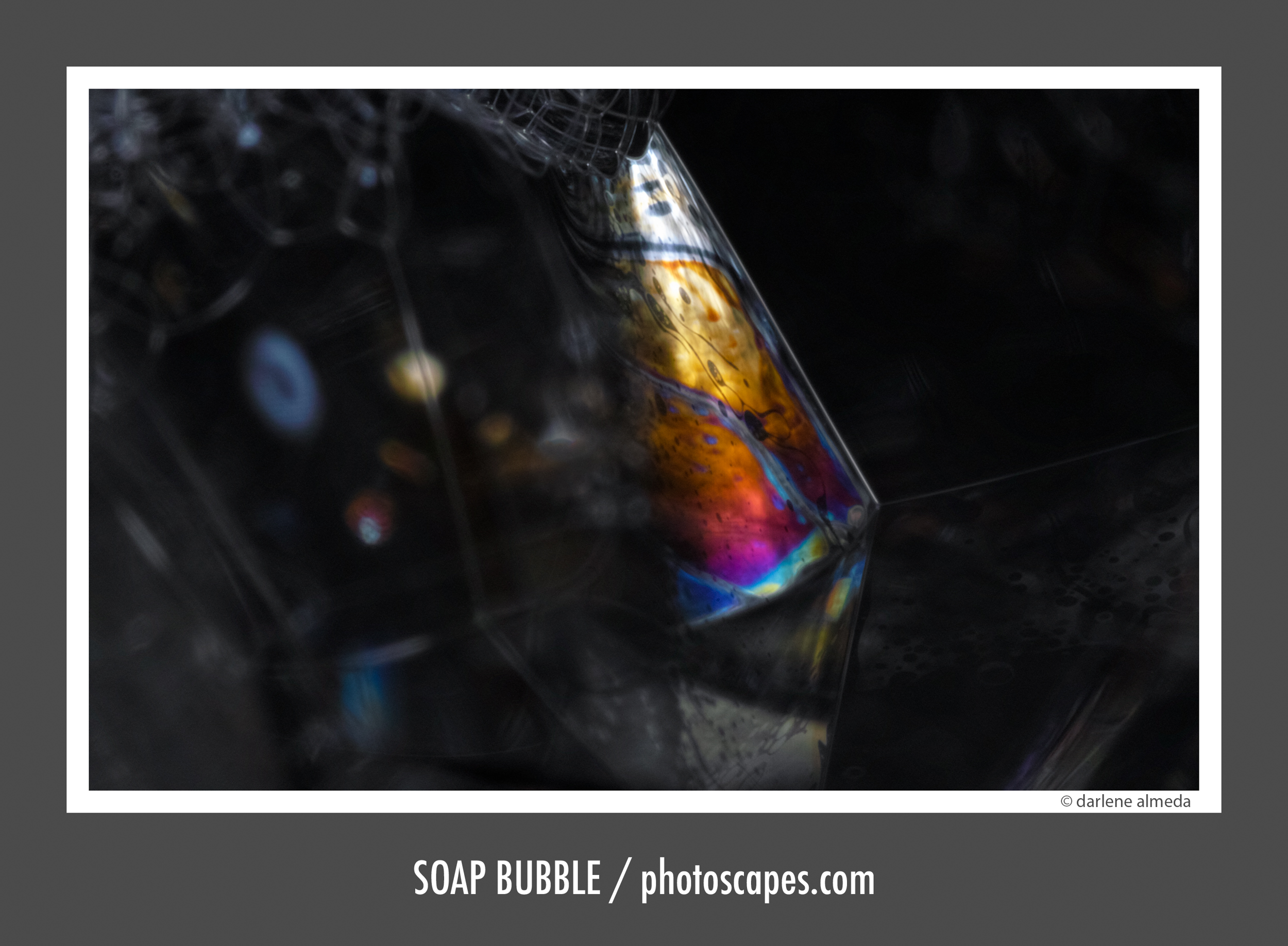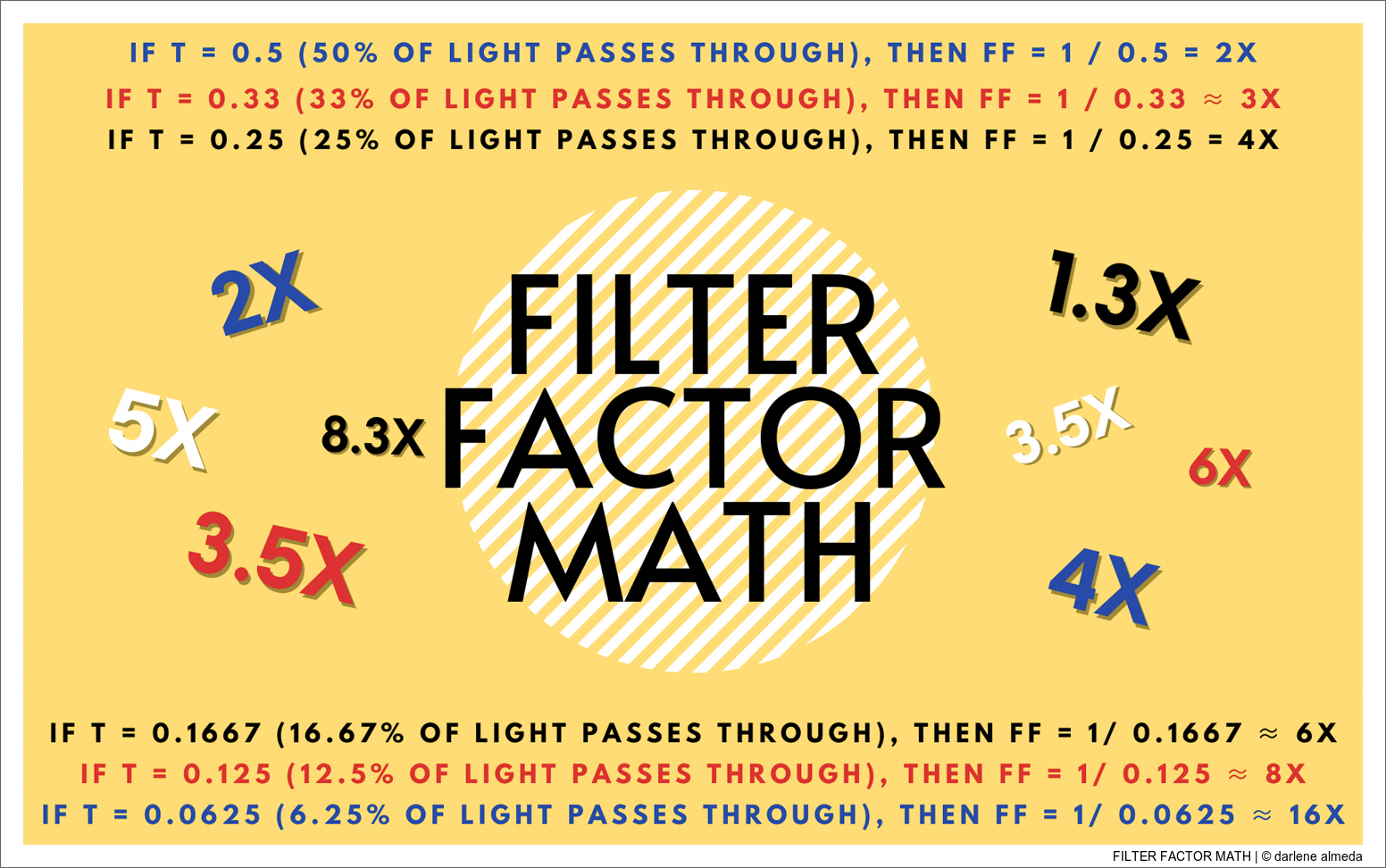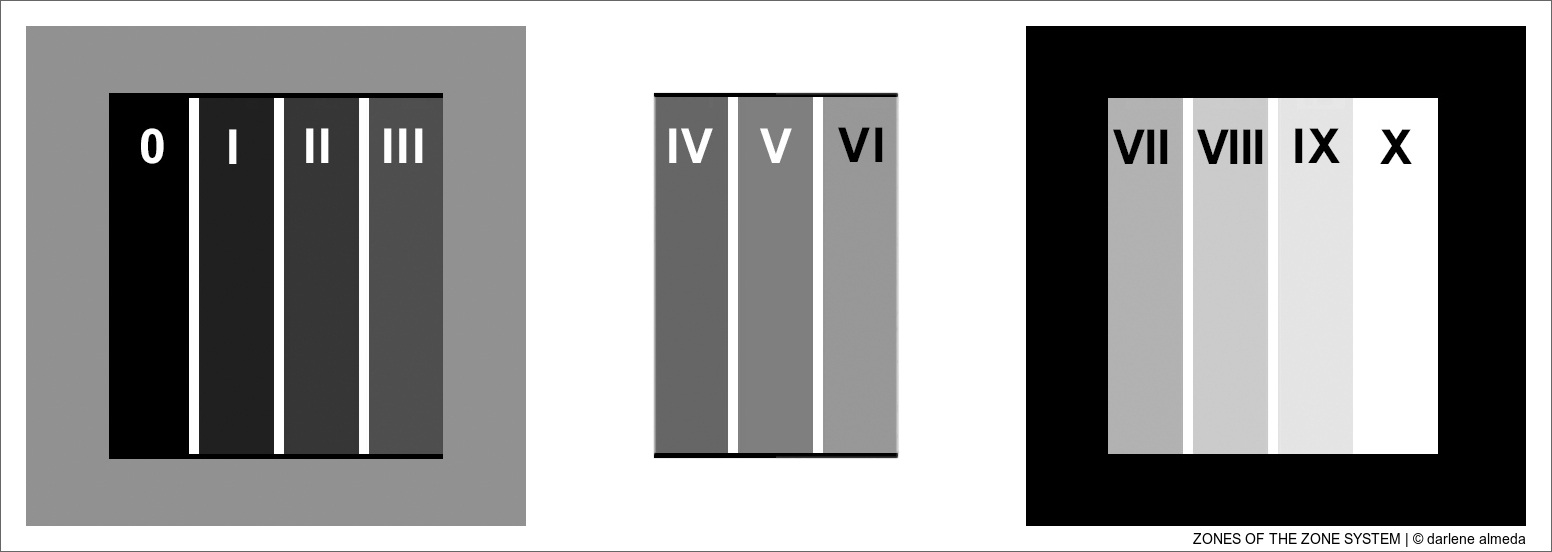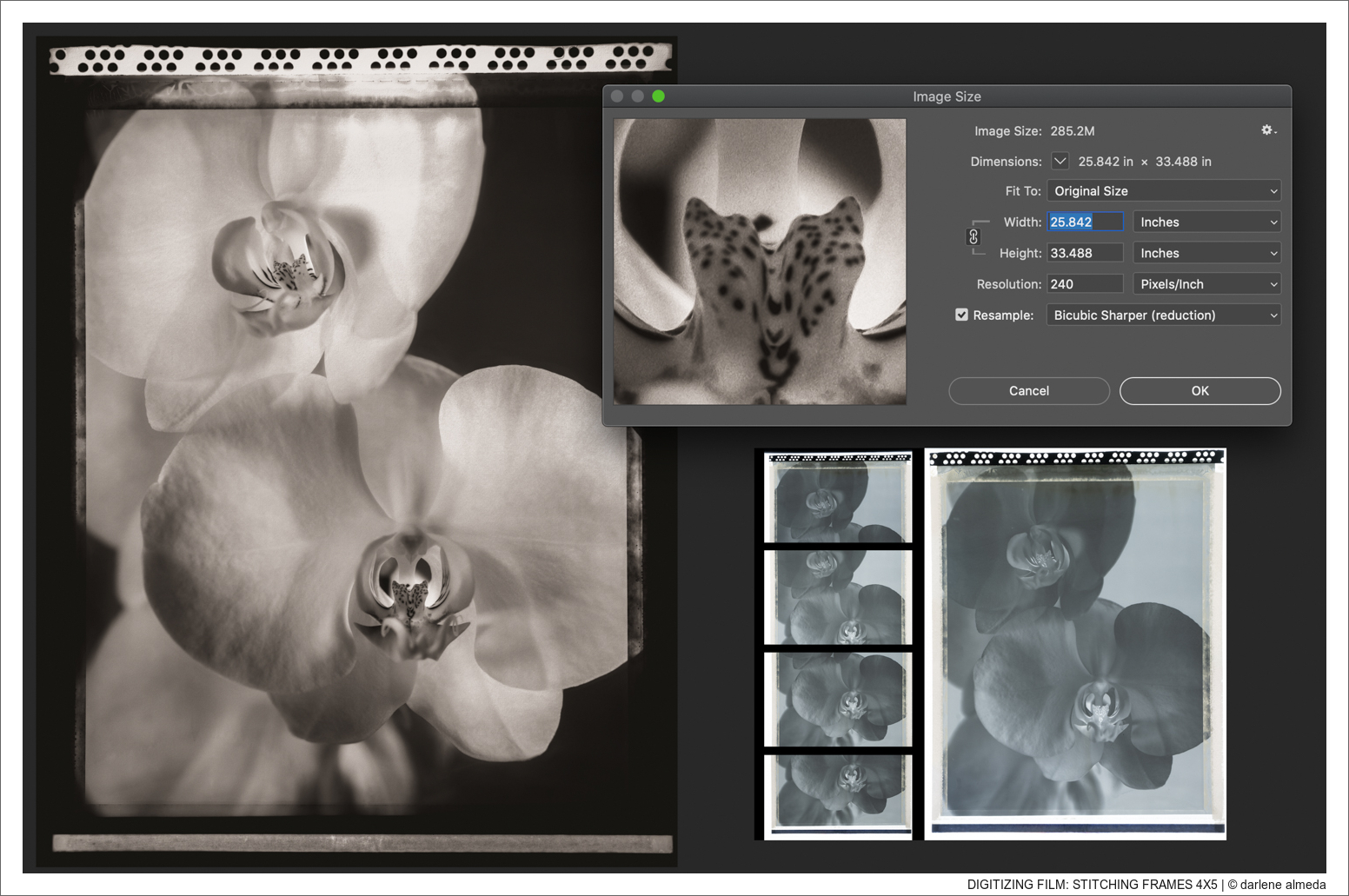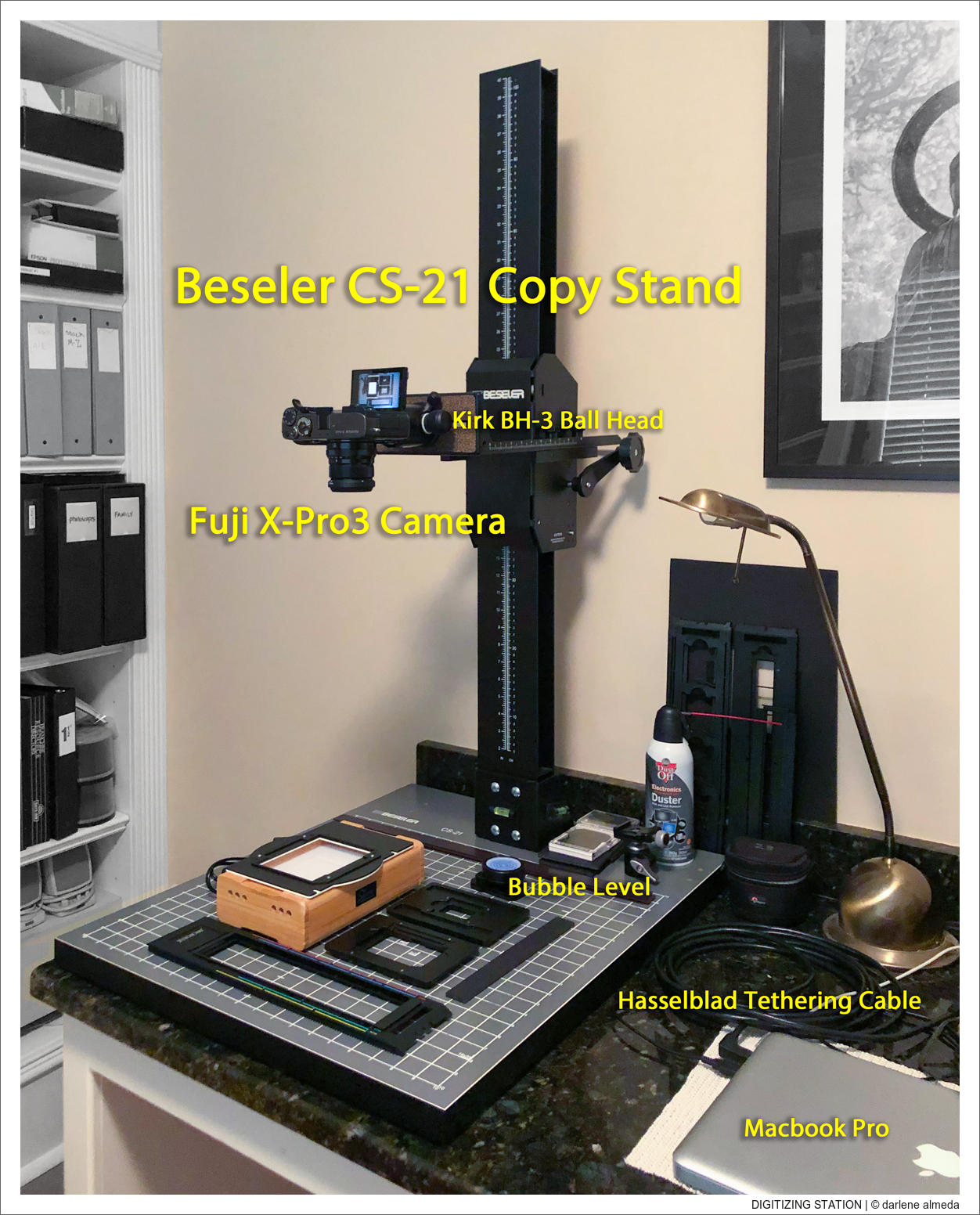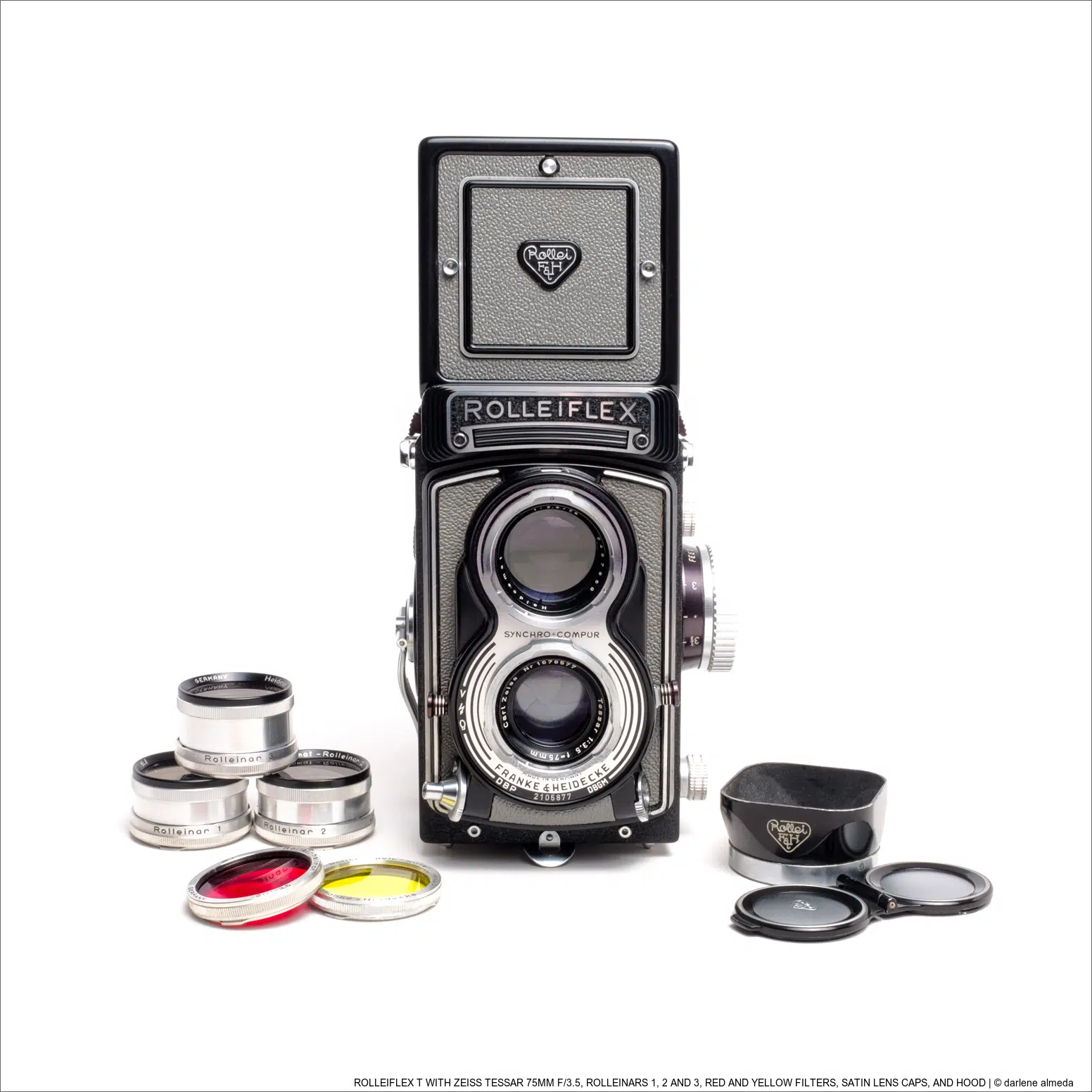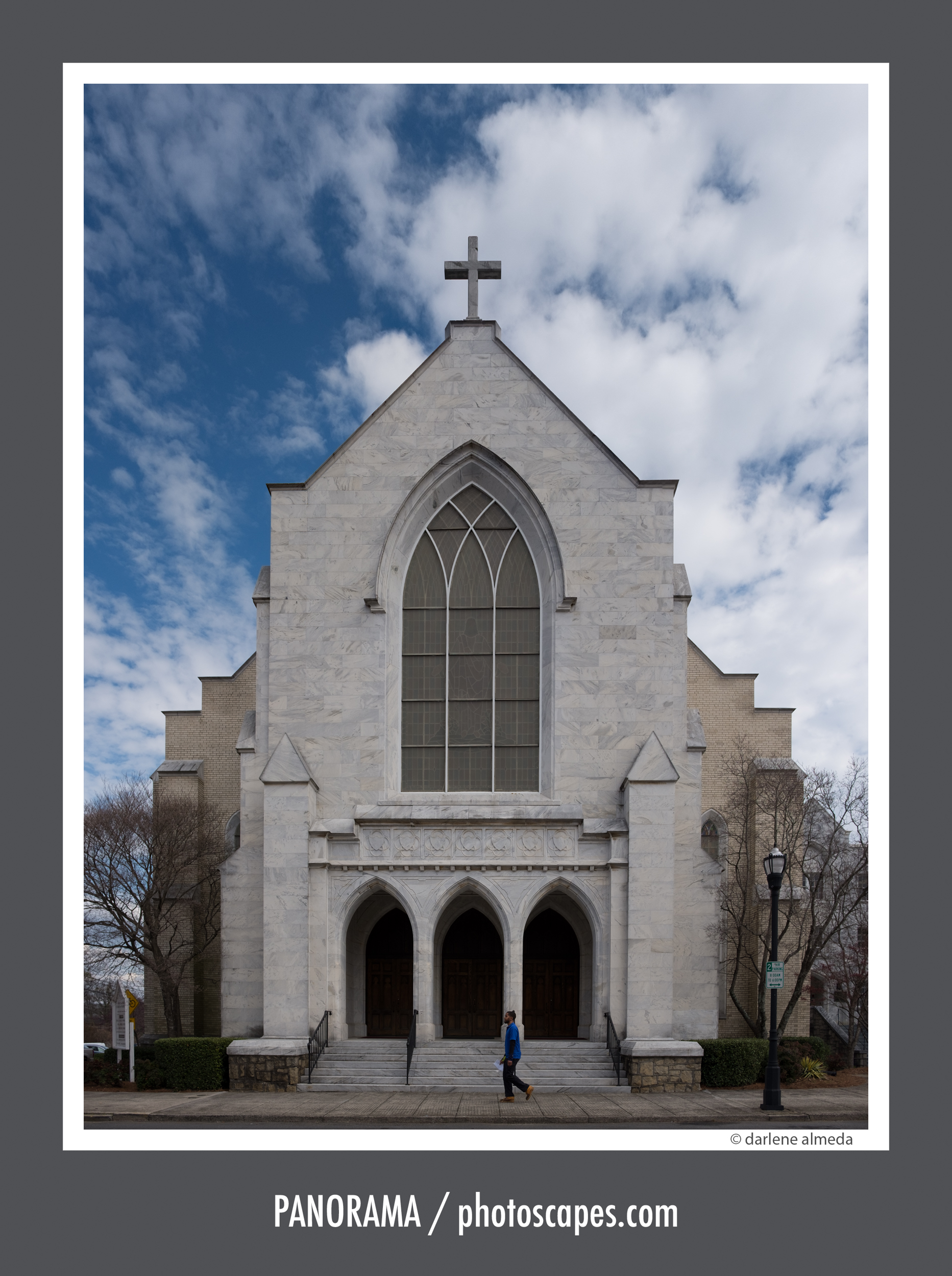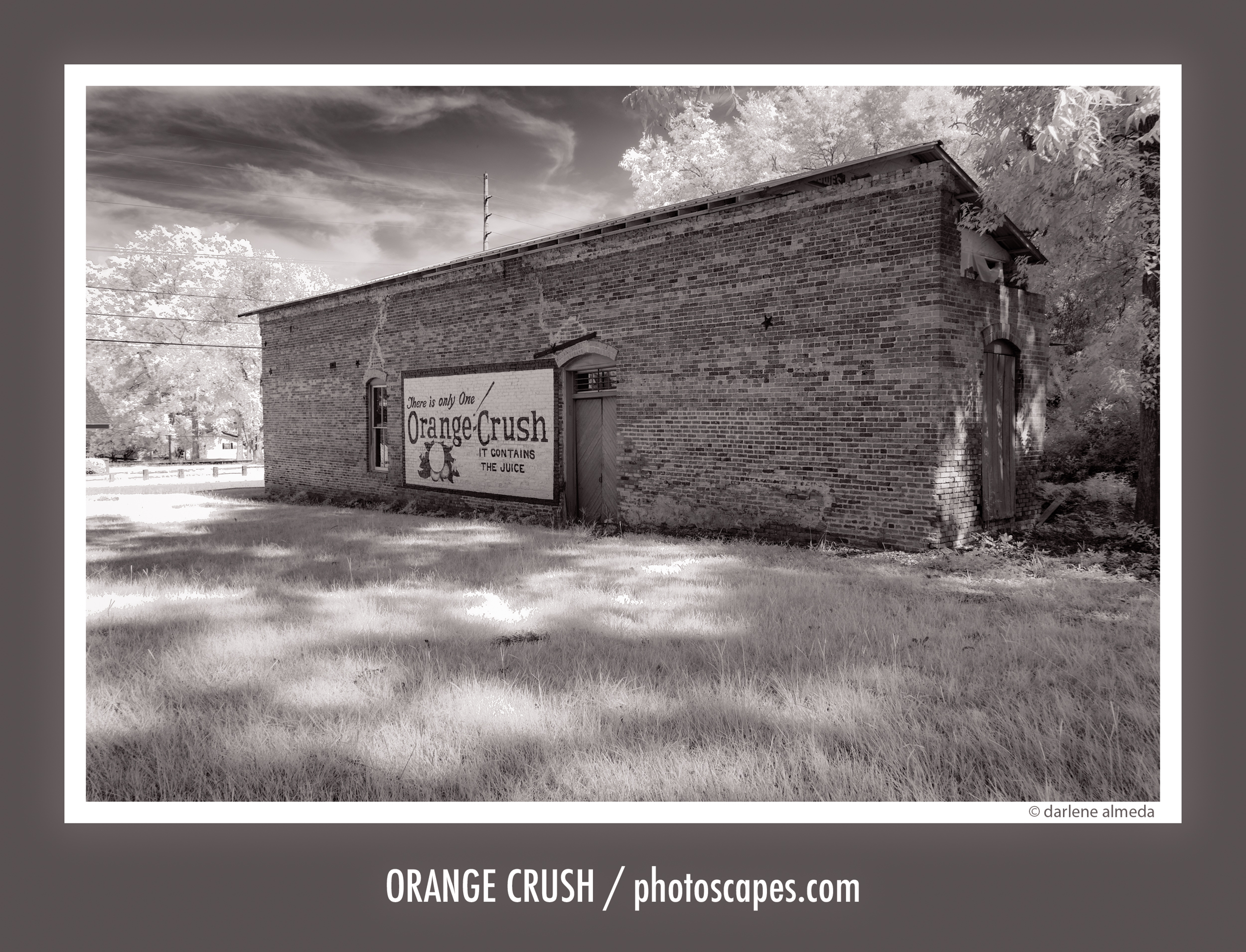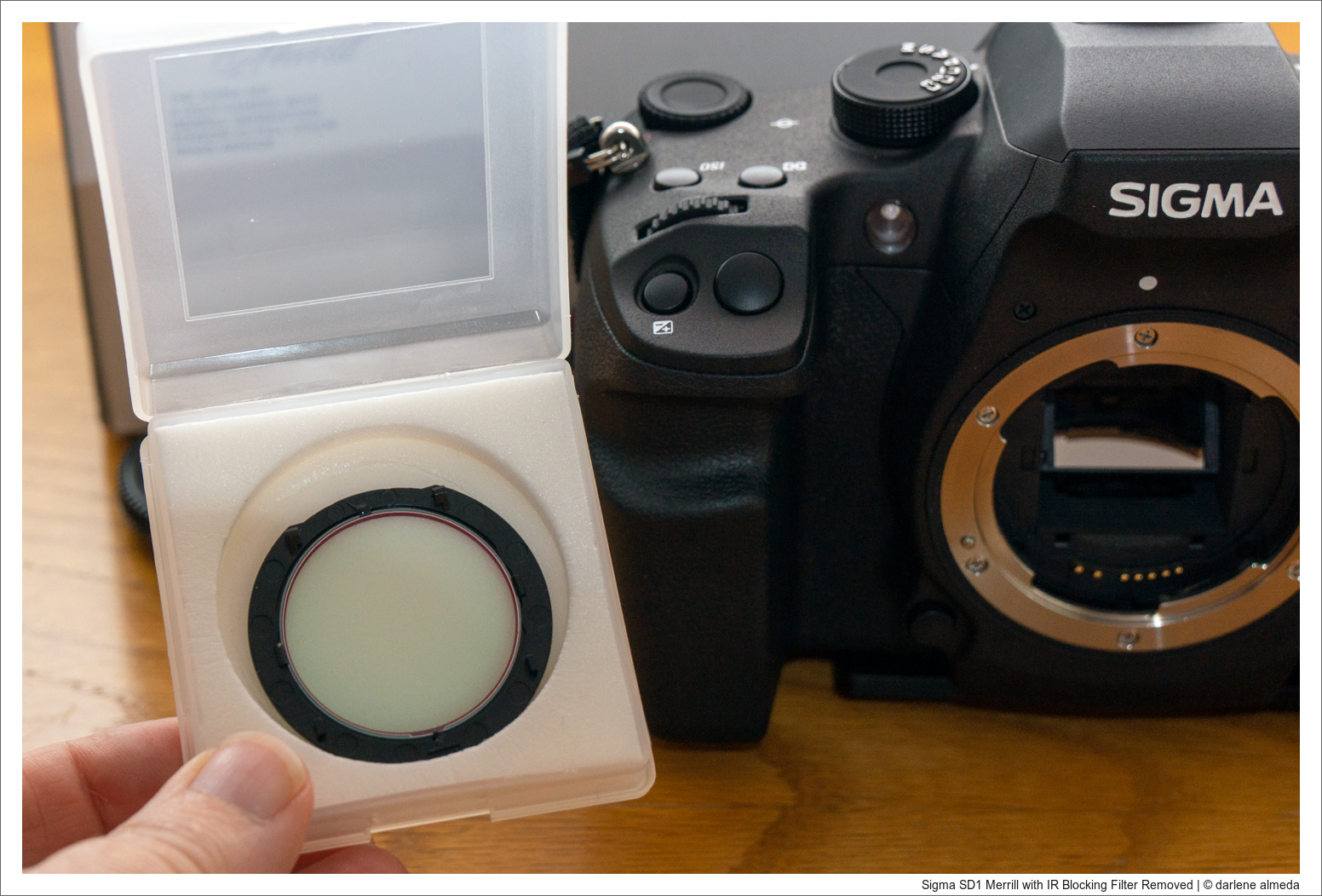A practical guide to window lighting for photographers, showing how to use reflectors and fill flash to support natural light while preserving mood and shadow.
techniques
Lighting 101.04: Why Looking at Art Matters for Lighting
Learn why painters mastered light long before photography—and how studying art trains photographers to see, choose, and use light with intention.
Lighting 101.03: Understanding Light Direction
In this Lighting 101 lesson, learn how light direction affects shape and depth using a simple still life and three classic lighting angles.
Lighting 101.02: Shape and Value in Photography
In Part Two of Lighting 101, color is set aside to explore how light direction shapes form and value through simple black-and-white still life studies.
Lighting 101.01: A Practical Approach
Discover the basics of photographic lighting through simple, practical lessons—starting with how two lights can make an ordinary onion shine.
Why Understanding Equivalent Focal Lengths Matters
Understanding focal length equivalence bridges your digital and film vision, helping you compose intuitively across every format and camera system.
The Post Shoot: Classic Pet Portraits on Film
Classic pet portraiture on film: Hasselblad 501CM, TMAX 100, and 510 Pyro developer, with Joey the Tiger showing his regal personality in the studio.
The Shoot: Candid Cat & Joey’s Portrait Session
Step inside the studio as Joey the tiger cat takes the spotlight. From gear prep to candid antics, here’s how a Hasselblad session turned playful and fun.
The Pre-Shoot: Shaping the Vision, Setting the Stage
Planning a cat portrait shoot: from subject and design ideas to tools and studio setup, this pre-shoot guide blends humor, prep, and creativity.
The Pre Shoot: Preparation Shapes Creativity
Preparation shapes creativity. Learn how mastering craft, vision, and building an image bank can turn snapshots into intentional, lasting photographs.
Announcing Series: Pre-Shoot, Shoot, Post-Shoot
Great photos don’t start with the shutter—they start with a plan. My three-part series reveals the checklists that keep shoots stress-free and creative.
How I Organize My Lightroom Catalog (Why File Names Matter)
Simple, proven Lightroom organization tips—file naming, stacking, backups, and a workflow that keeps images easy to find and ready to share.
Cambo Wide Meets Tabletop Photography
A panoramic camera, a close-up filter, and a batch of fake tulips walk into a studio… here’s what happened when I broke all the rules.
Shooting Panatomic-X from 1966: One Roll, One Storm, One Orchid
How I shot 1966-expired Kodak Panatomic-X in a stormy studio session, capturing printable frames, vintage charm, and a soft-focus orchid I adore.
The Glamour of Shooting Film
Capturing the quiet mystery of a moonlit beach with 4×5 film—where craft, memory, and midnight tones come together in a soulful creative process.
Sea Grass & Beach: The Art of Balancing Light
Balancing sky and sand at sunset using classic film techniques and digital bracketing—why dragging the shutter still has a place in today’s toolkit.
A Gobo, a Snoot, and a Sandwich
Learn how I used an optical snoot, a few gobos, and a budget lens to create moody, window-style light for a tomato still life. Sandwiches included.
ISO Speed: Sensitivity, Signal, and Creative Control
Learn how ISO affects exposure, image quality, and creative control in photography—covering digital vs. film, dynamic range, and when to use high or low ISO.
Fotoman 6×17 Lens Change Part #2: Calibration
Calibrating the Nikkor SW 90mm on a Fotoman 6×17 for hyperfocal focus with field tests, film notes, and image results using 510 Pyro and AGO processor.
Bellows Extension Compensation Made Simple: Methods, Tools & Tips
If you use a 4×5 or any bellows camera, knowing when and how to apply bellows extension compensation is key. This guide covers simple, effective methods.
Same Scene, Different Vision: Film & Digital Photography
Explore the unique visual stories behind two images of a bouquet in a purple vase, captured with different cameras and processing techniques. #photography
Creative Techniques Using Shutter Speed
Shutter speed unlocks creative potential in photography—learn five techniques like motion blur, panning, and light painting to transform your images with artistic flair.
F/Stops: An Essential Tool in Creative Photography
Dive into the world of f/stops and unlock the key to creative control in your photography. Experiment and watch your images transform before your eyes.
Cutting Film with Precision: A Guide to Stress-Free Slide Mounting
Struggling to cut film accurately? Discover how to achieve clean, precise cuts effortlessly with the Matin Multiple Slide Film Cutter and a lightbox.
Organizing Digital and Film Portfolios
Whether you shoot film, digital, or both, this article explores smart ways to organize, store, and protect your photography for long-term preservation.
FOCUS: A Study In Creative Vision
In a winter photography excursion armed with a Sigma SD1 camera and a challenging 500mm lens, the goal was to create an image that combined precision, abstraction, and the artistic potential of the Foveon sensor.
Film Digitization: Technique and Exploring Creativity
Insights into my process of digitizing film using cameras, reflecting on my journey from film to digital and the importance of technique over equipment.
Framing the Shot: A Guide to Viewing Frames for Photographers
In this post, we’ll explore various options for viewing frames—from ready-made tools like the ViewCatcher, to repurposing materials you might already have, and even crafting your own custom viewing frame.
The Art of Pre-Visualization in Landscape Photography
In this article, I share the previsualization technique that guides me to where I need to set up the camera.
Circle of Confusion: Format Size Shapes Your Depth of Field
Understand the Circle of Confusion across image formats. Learn how CoC affects depth of field in small, medium, and large format photography.
Pinhole Photography: 4×5 Field Camera Pin-tography
In this article, I share my approach to crafting images with a 4×5 field camera with interchangeable pinholes attached to a dedicated lens board.
The Cutting Room Floor: A Creative Exploration Story
This article explores the rationale behind utilizing high-megapixel cameras or merging multiple images of a scene to produce a high-megapixel composite.
Digital Infrared Photography: Fujifilm X-E2
A working photographer’s guide to a Fujifilm X-E2 (590nm) IR kit—why 590nm, lenses that avoid hotspots, a simple LR/PS workflow, and field notes.
Digitizing Film Part 3: APS-C, Lightroom, Film Storage, more
I have been digitizing my film at the kitchen table with my very capable Kaiser RS 2 XA Copy Stand, Fujifilm X-Pro3, and Skier Sunray Copy Box. I have learned a few things from doing this and felt it was time for an update.
Understanding the Exposure Triangle in Photography
Unravel the Exposure Triangle to master well-exposed images in photography. Learn how aperture, shutter speed, and ISO work together to create stunning visuals.
From Soap Bubbles to Emotion: How I Create Abstract Macro Photography
I enjoy viewing and creating abstract art. Whether it is paintings or photography, I like it. I have experienced some “I do not get it” from people over the years, and I can understand why.
Shedding Light on Filter Factors: A Guide to Optimizing Exposure in Photography
This article explores filter factors, explaining their function and presenting three distinct methods for calculation.
How To Use The Zone System In Photography
Even though the Zone System is over 80 years-old, it is still relevant today whether shooting modern films or digital capture. This article is for photographers wanting to learn more about the Zone System for their particular workflow. We will look at how the Zone System works with a classic film-to-darkroom workflow, and a hybrid film-to-digital workflow. If you are strictly a digital photographer, you will find a better understanding of what the Zone System can offer you as well.
Digitizing Film Part 2: Software, Contact Sheets, Bracketing, Stitching, Workflow
I perform a number of tasks while creating image files that include bracketing + blending exposures, and slicing + stitching larger film sizes. Bracketing may not always be necessary, but with the convenience, a digital camera brings to this type of task, it cannot hurt.
Digitizing Film Part 1: Copy Stands, Film Holders, Medium Format
Curious how I digitize film? In this post, I share the tools I use—without sales hype—plus links for specs. My digitizing process will follow in a future post.
Shooting a Rolleiflex with Studio Flash and Rolleinars
In a digital world lacking true square format, film remains the answer. Discover why square format film cameras still reign for full-resolution, composed square shots.
Panorama In Pieces
On a trip to Marietta, Georgia, I used my Fujifilm X100T to create a panorama, testing Lightroom’s stitching method I’d just assigned to my students.
Digital Infrared Photography: Sigma SD1 Merrill, Part 2
Early infrared experiments using the Sigma SD1 Merrill, exploring techniques that led to today’s work with a 590nm-converted Fujifilm X-E2.
Digital Infrared Photography: Sigma SD1 Merrill, Part 1
Exploring digital infrared photography with the sigma sd1 merrill, from setup and exposure to focus, filters, and fine-tuning your ir shooting technique.

